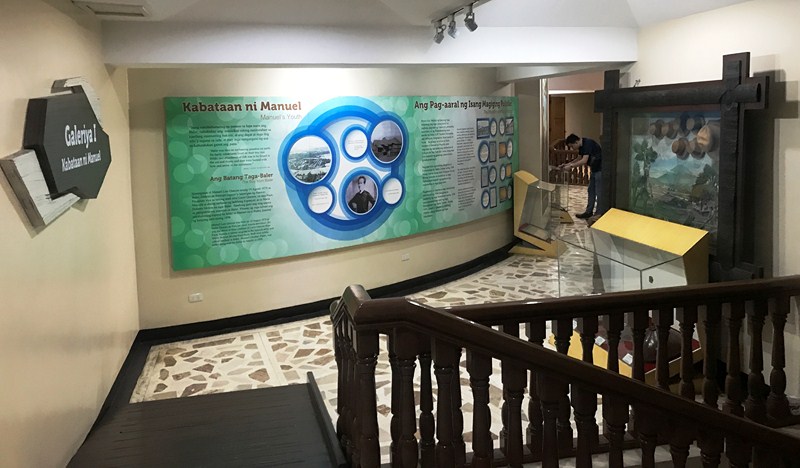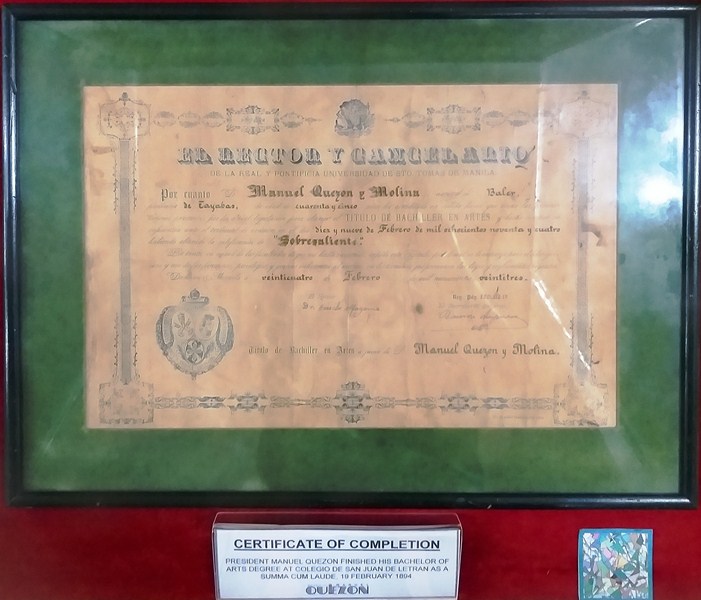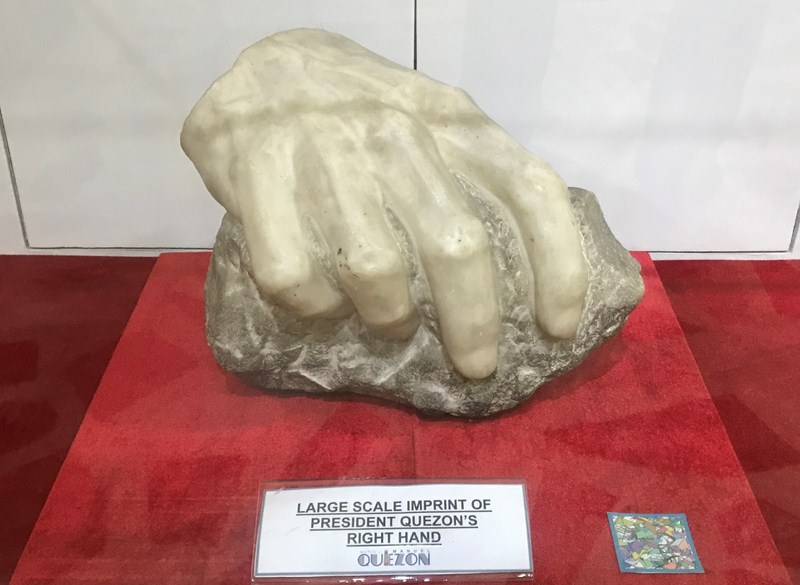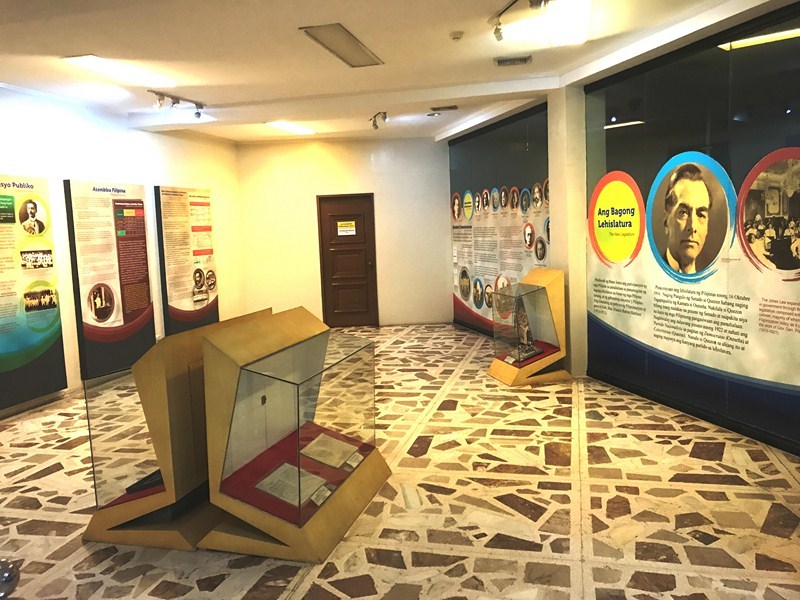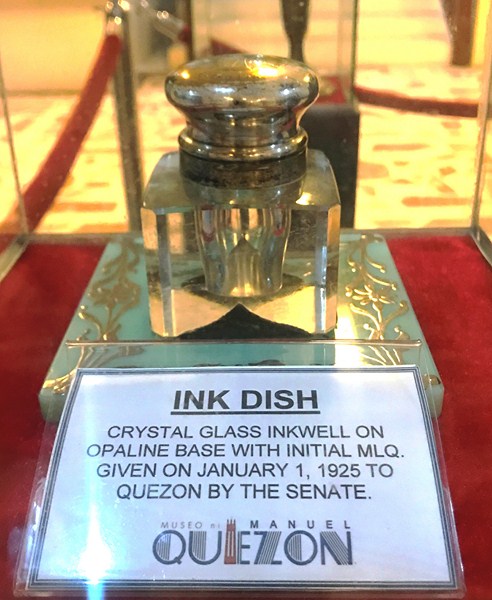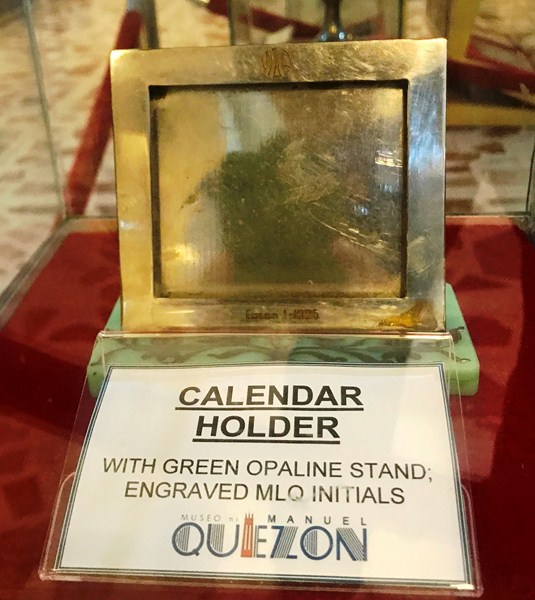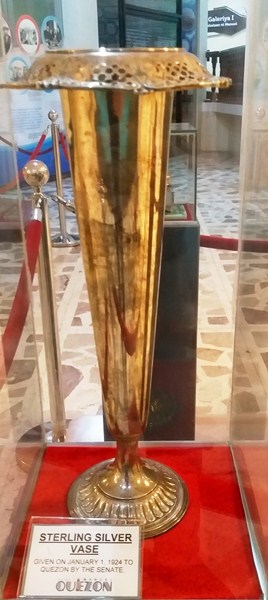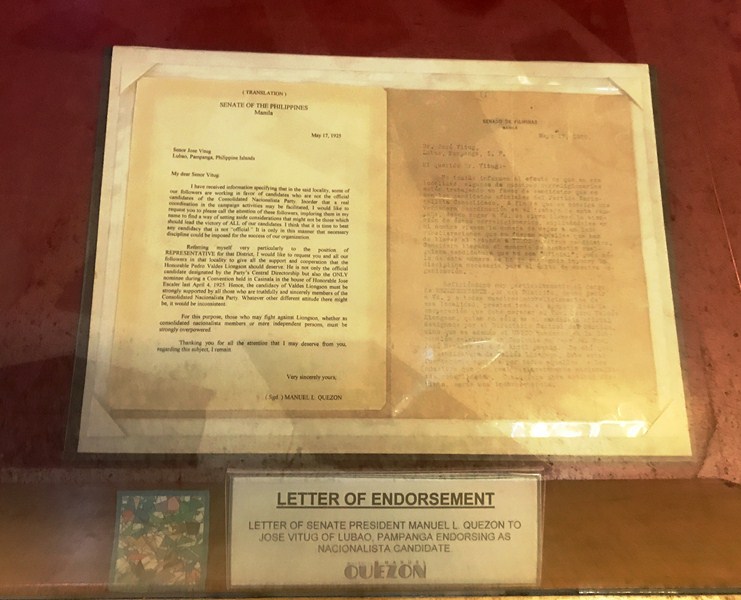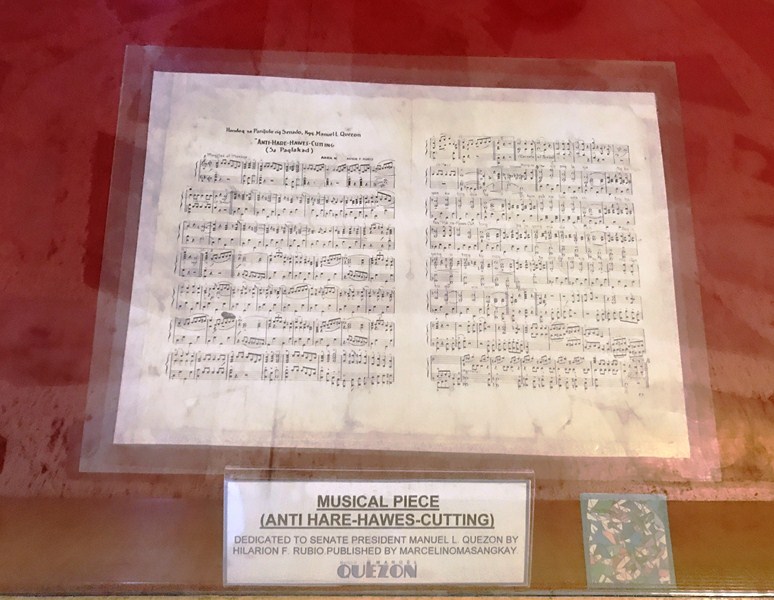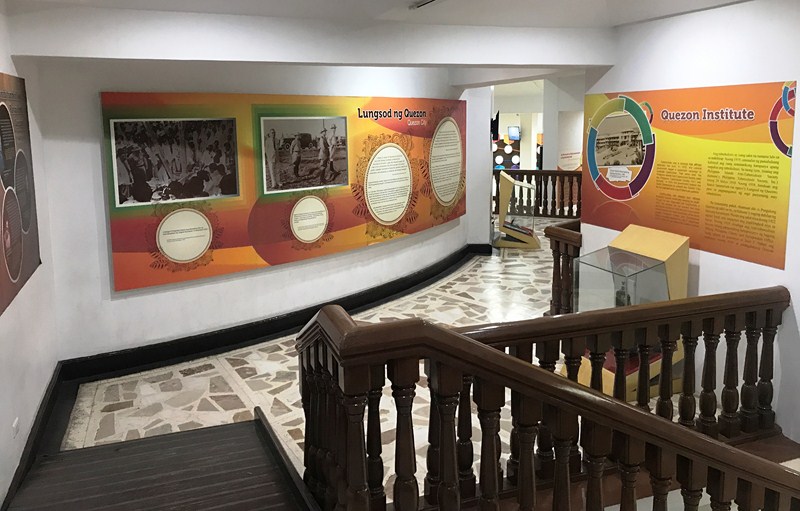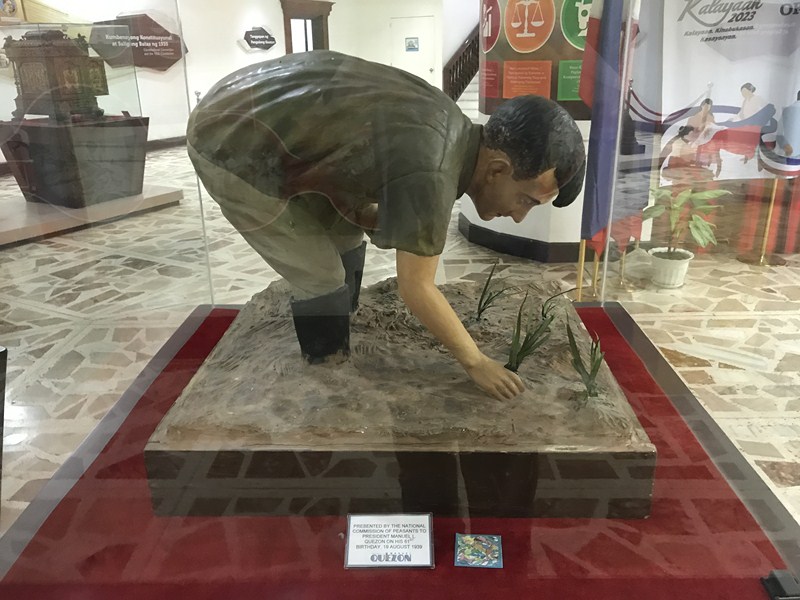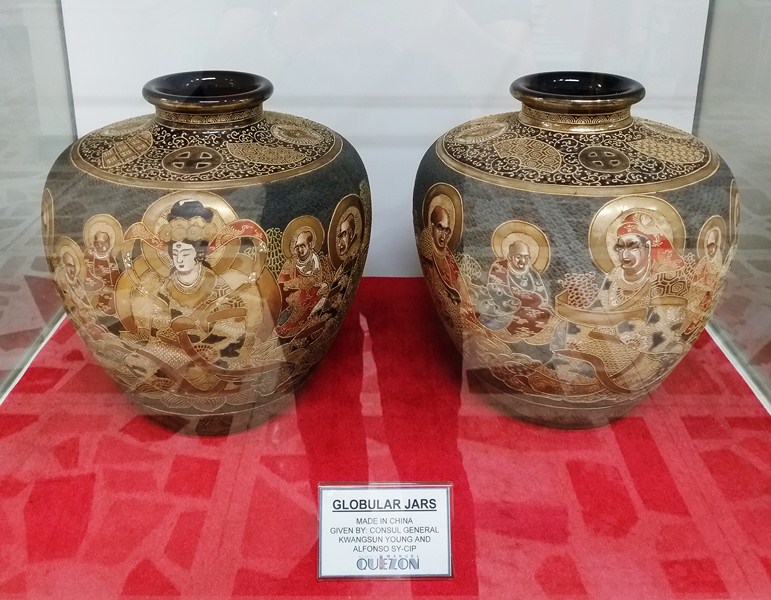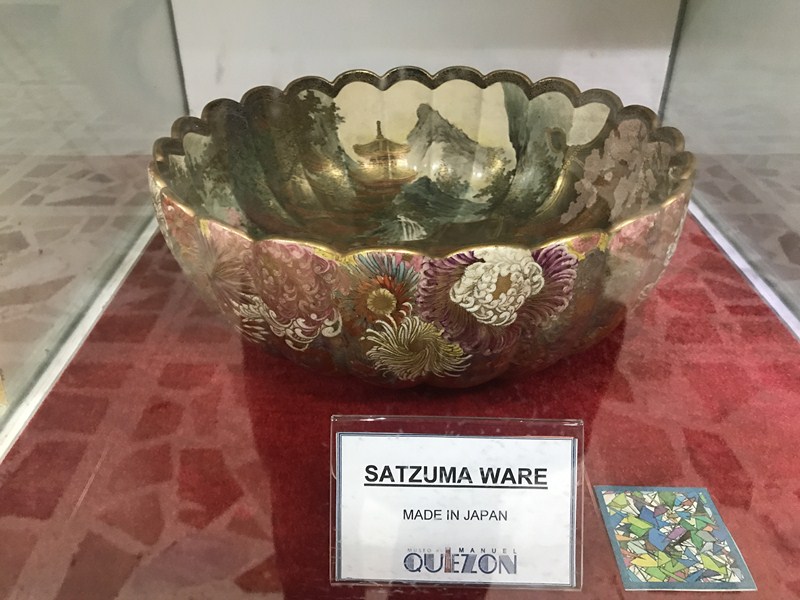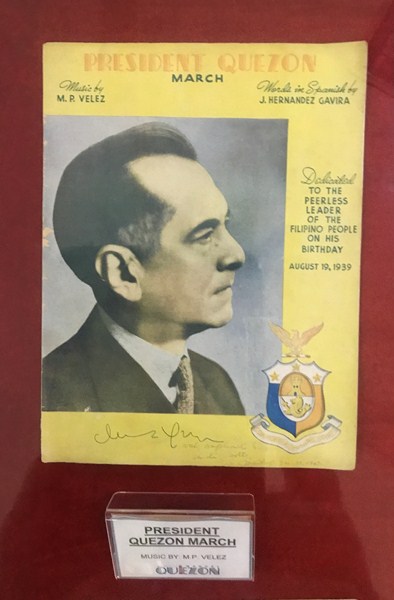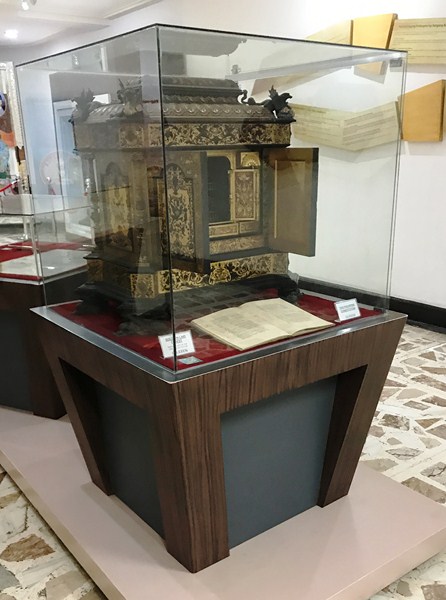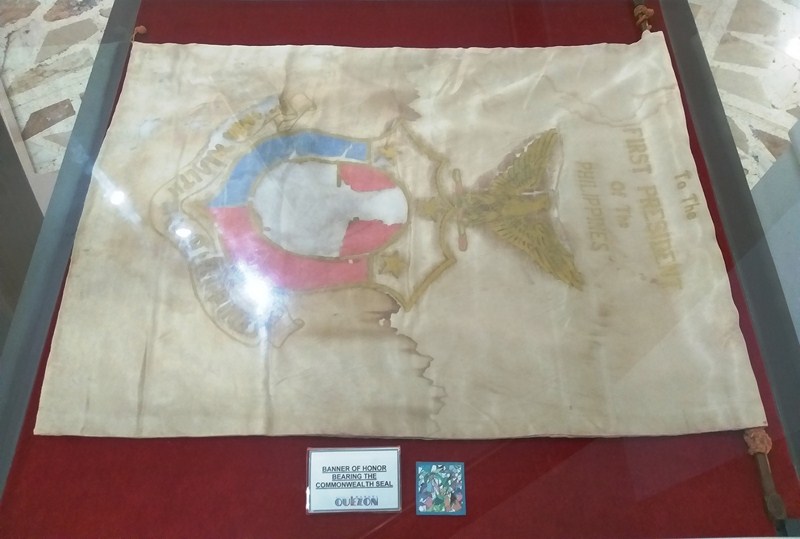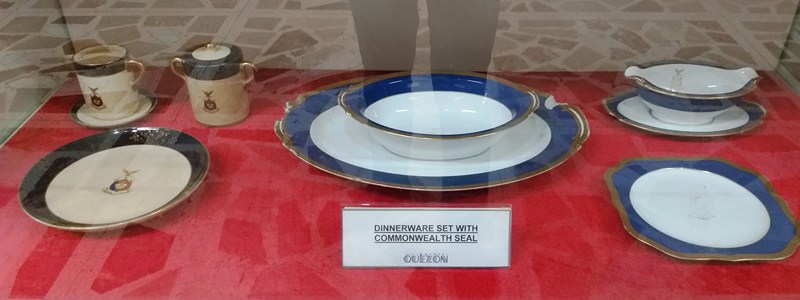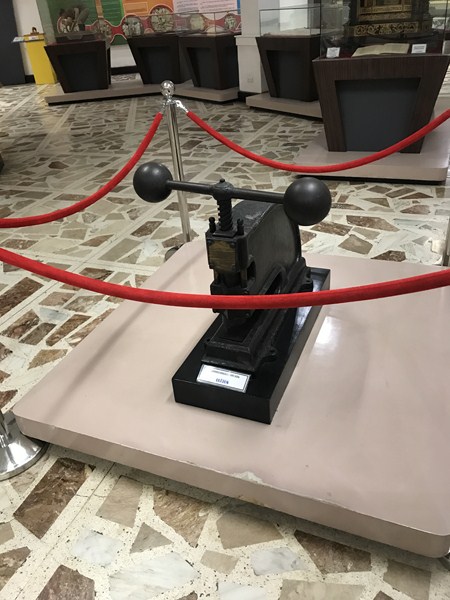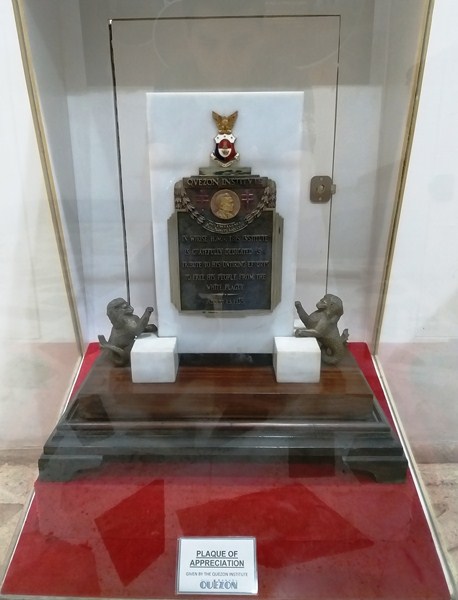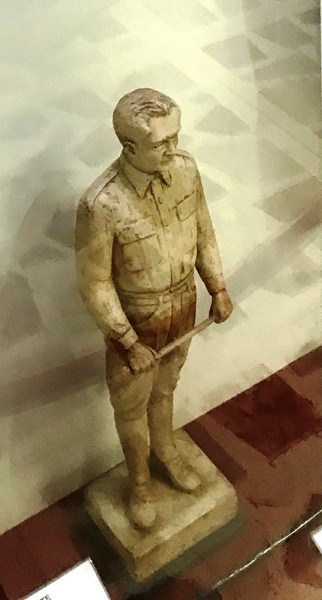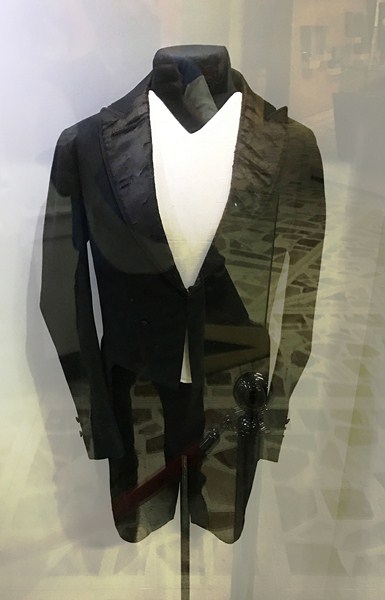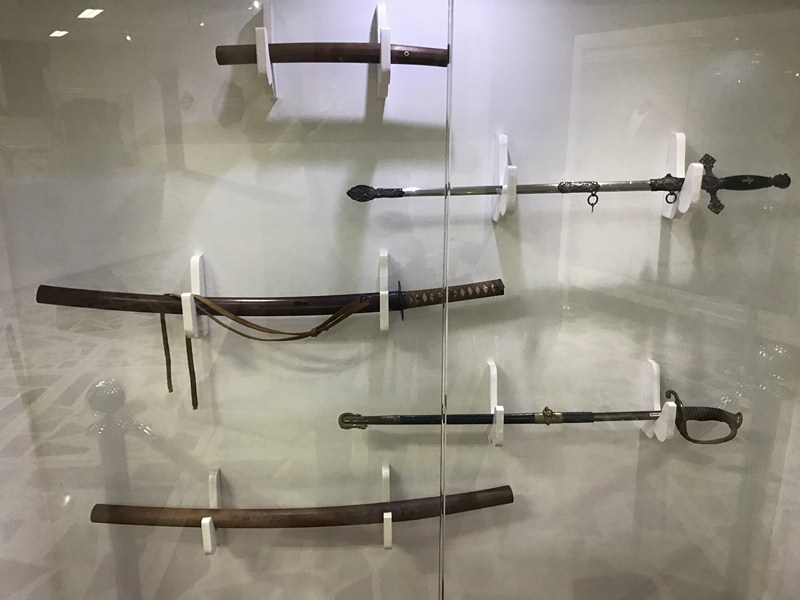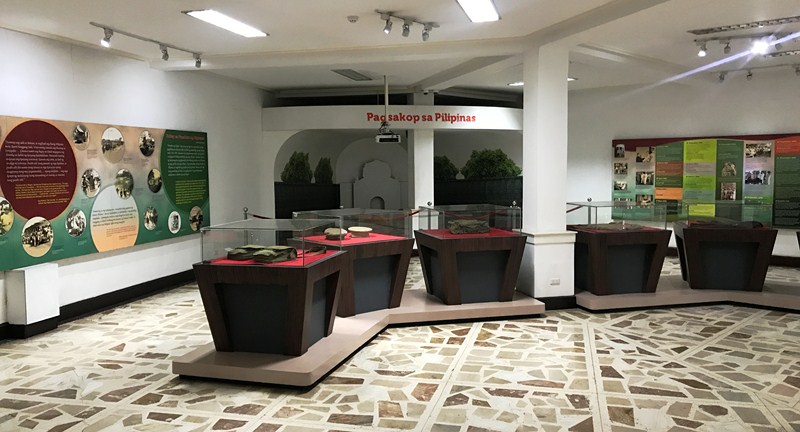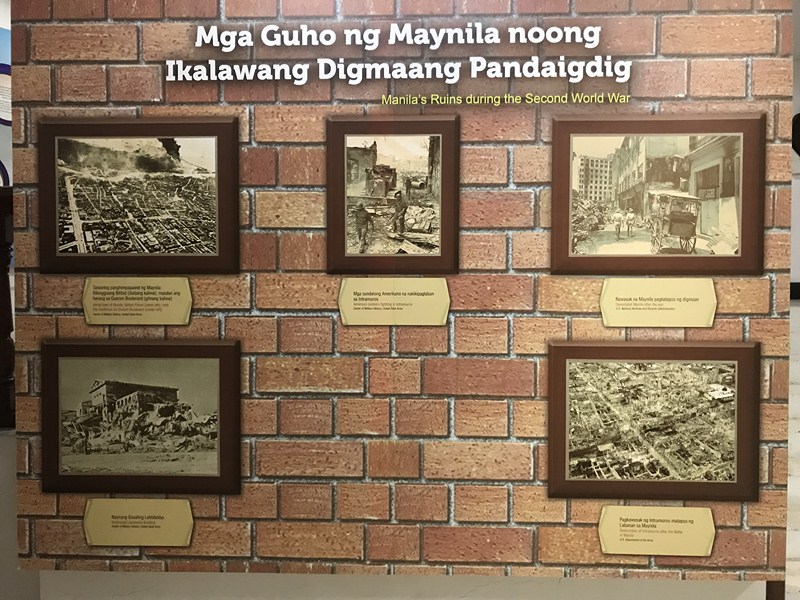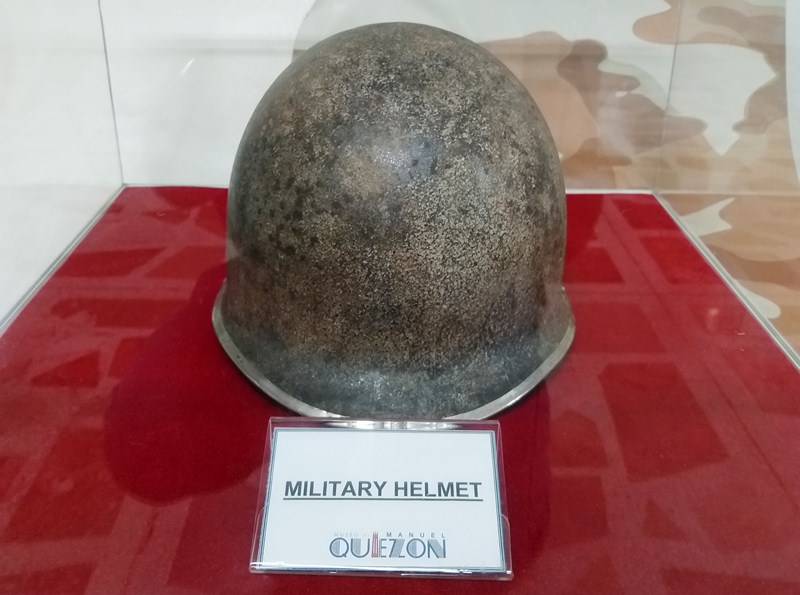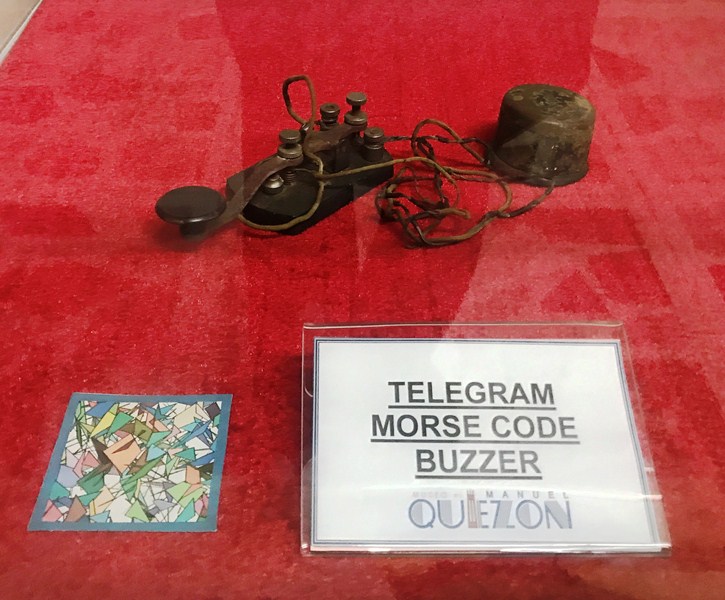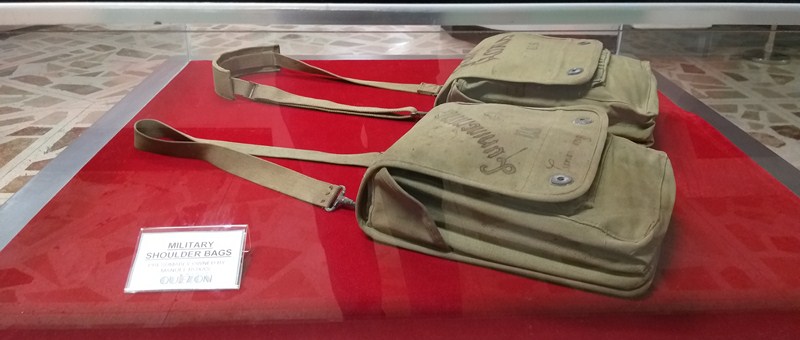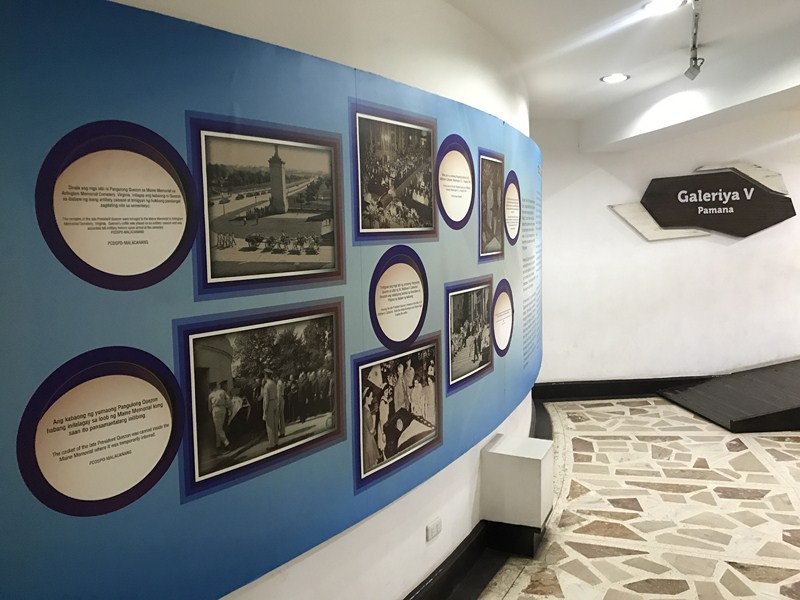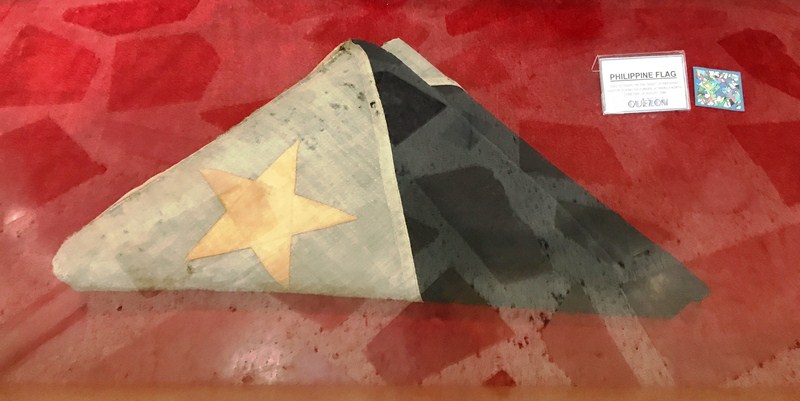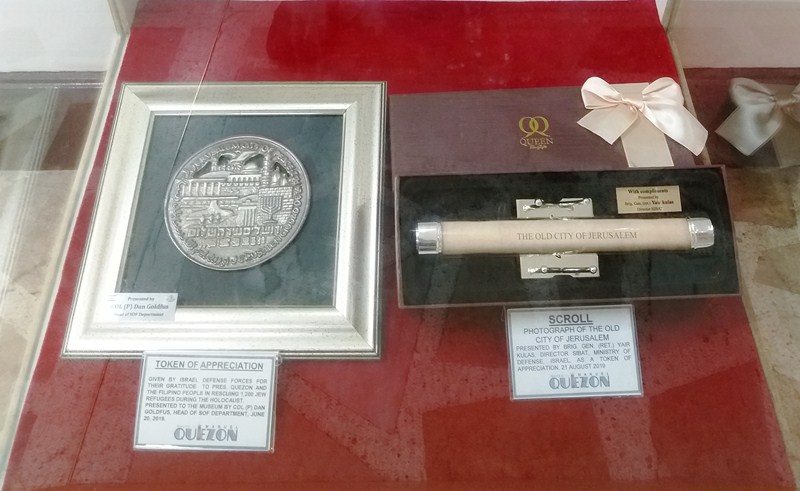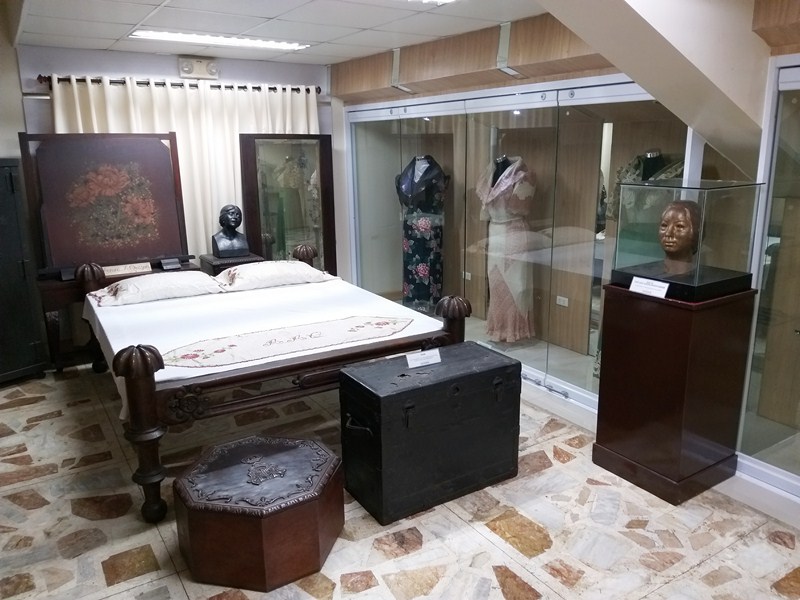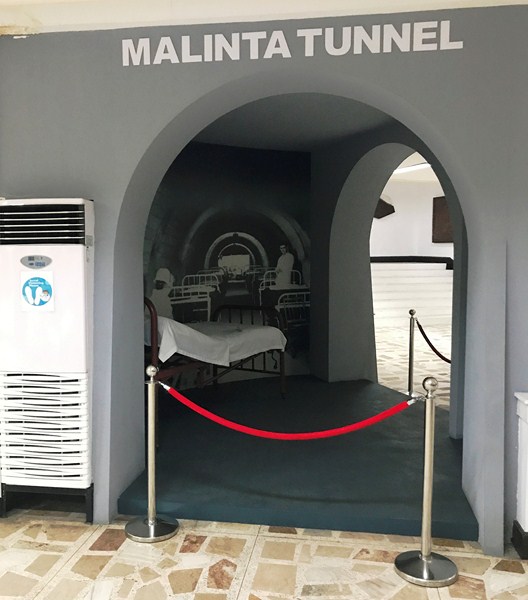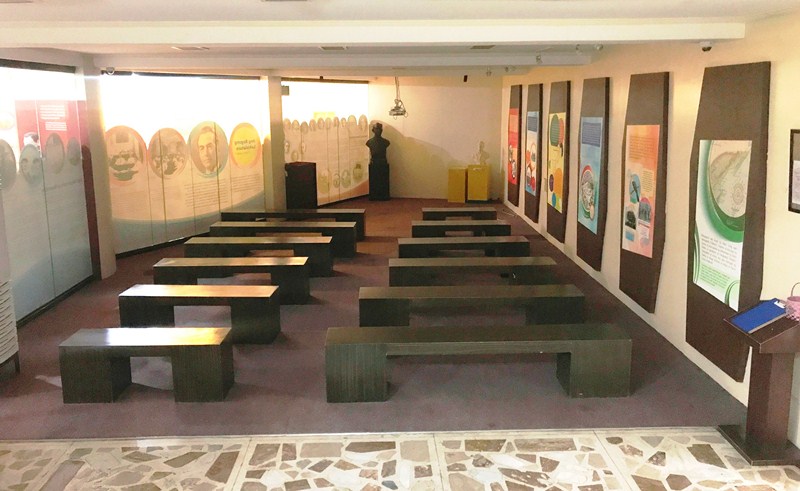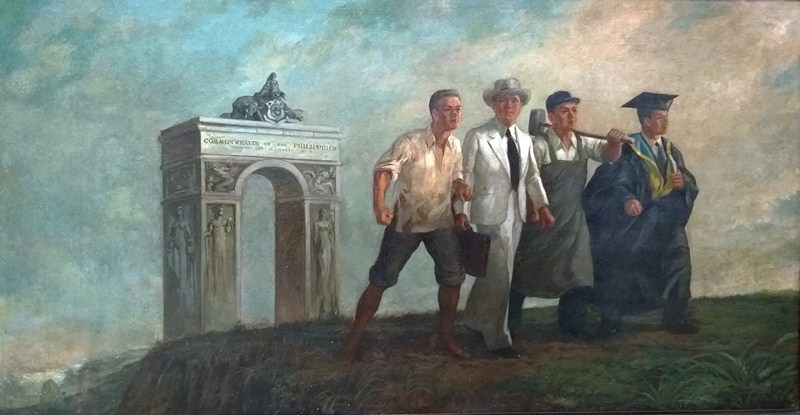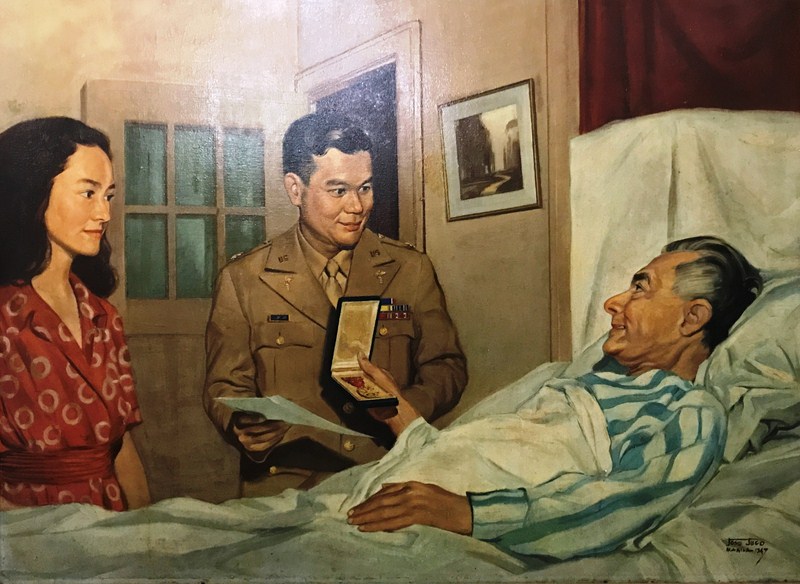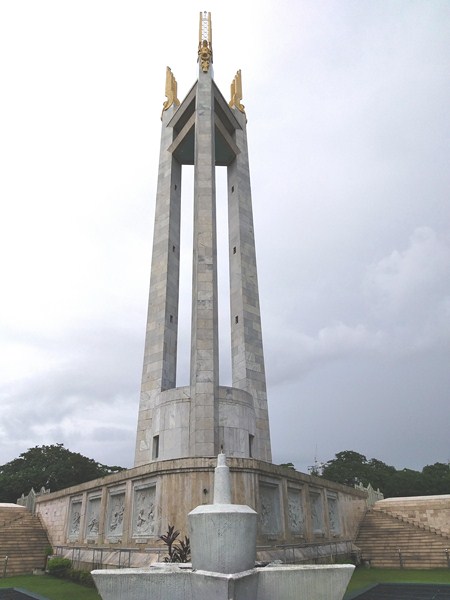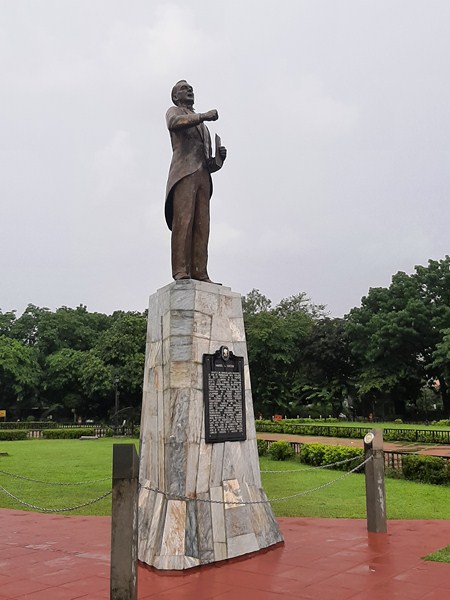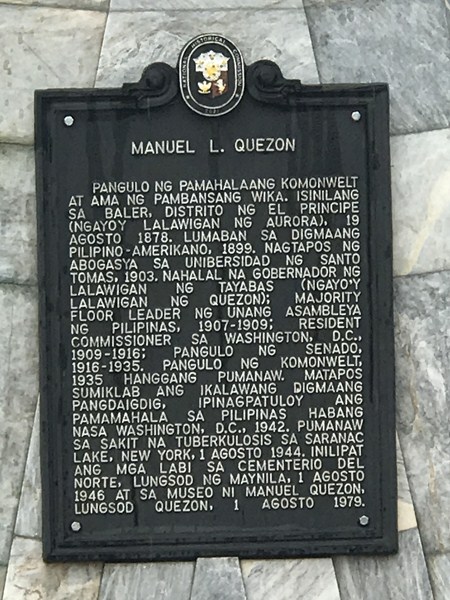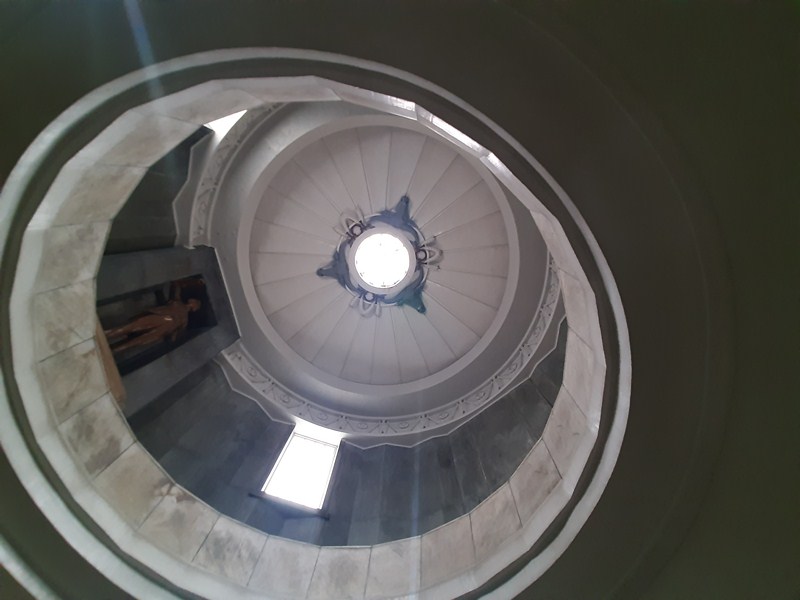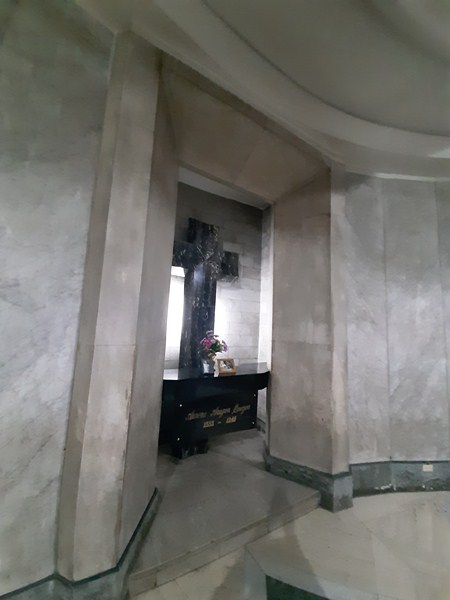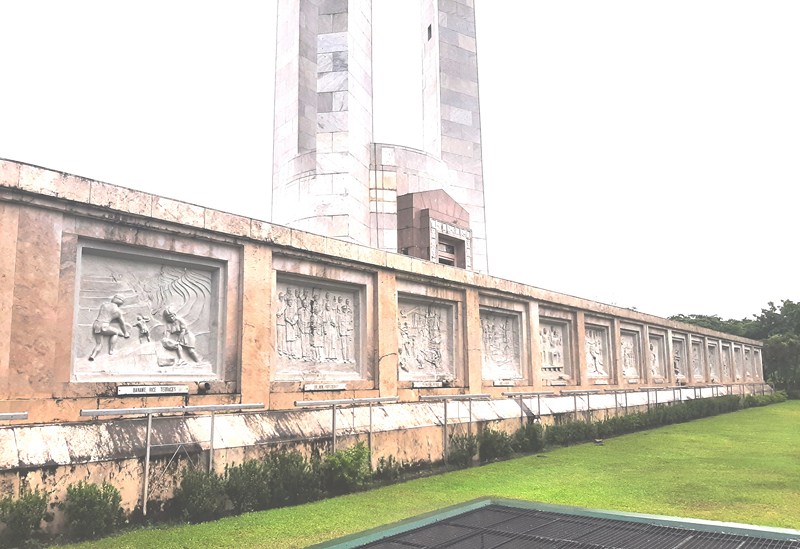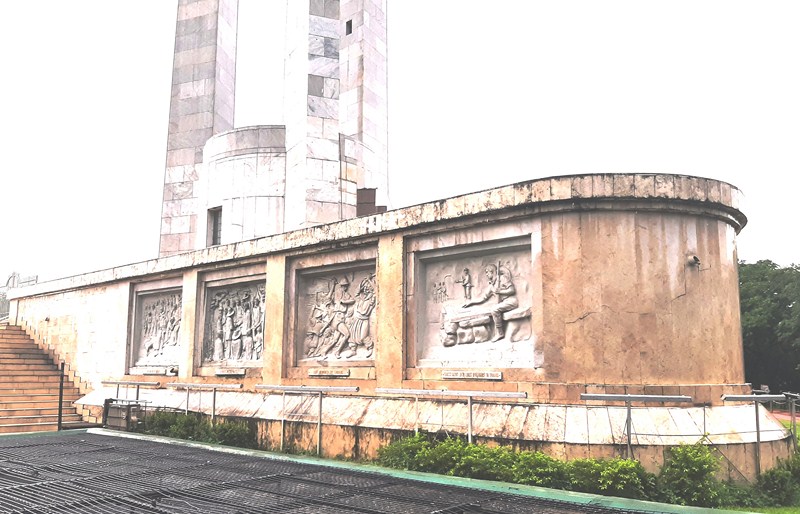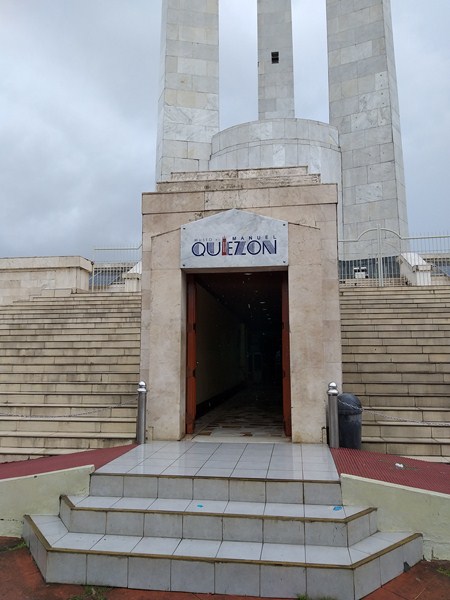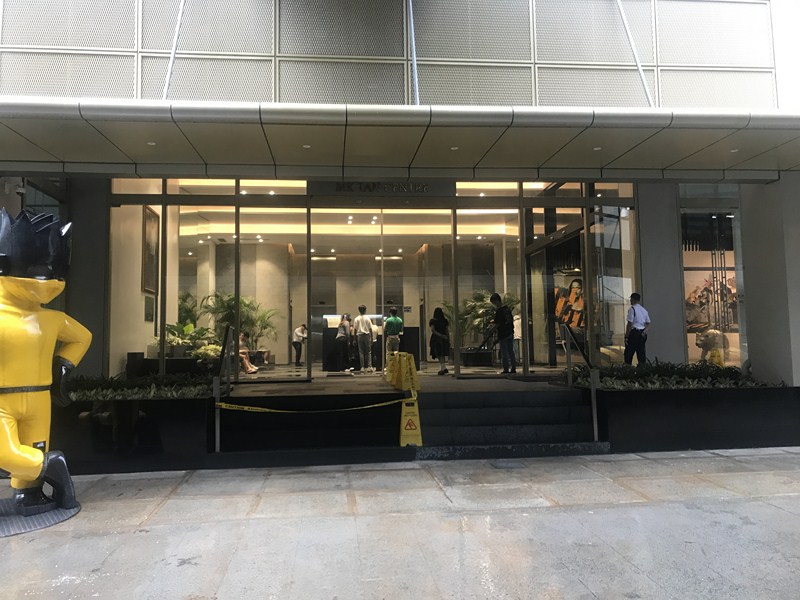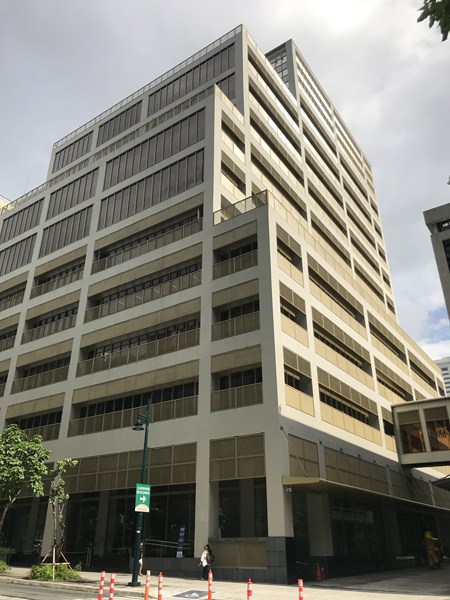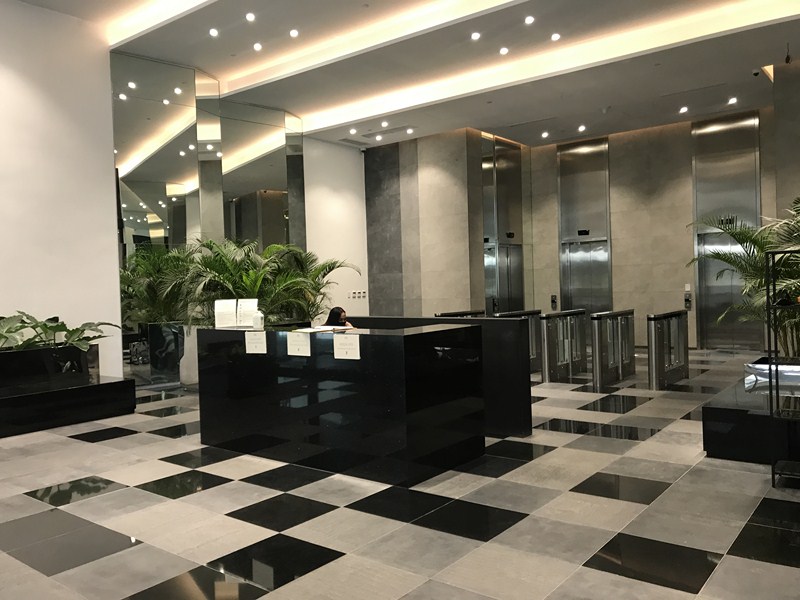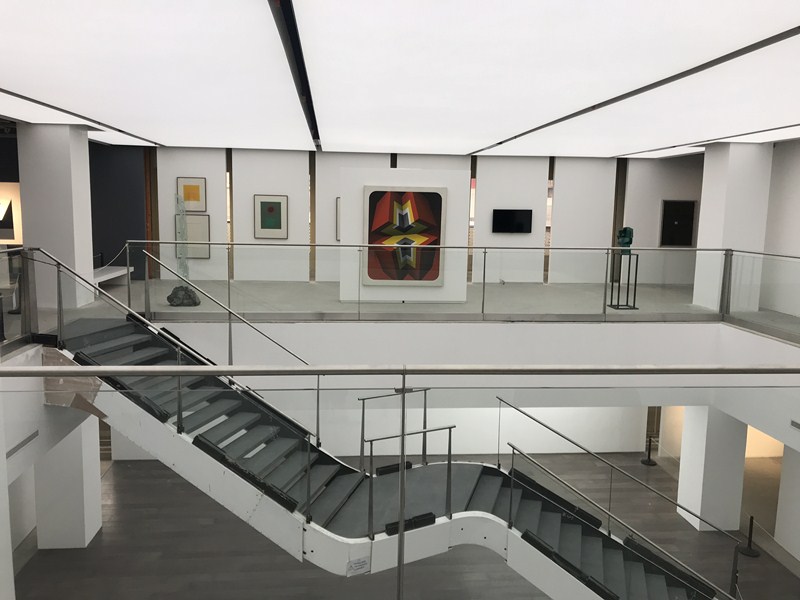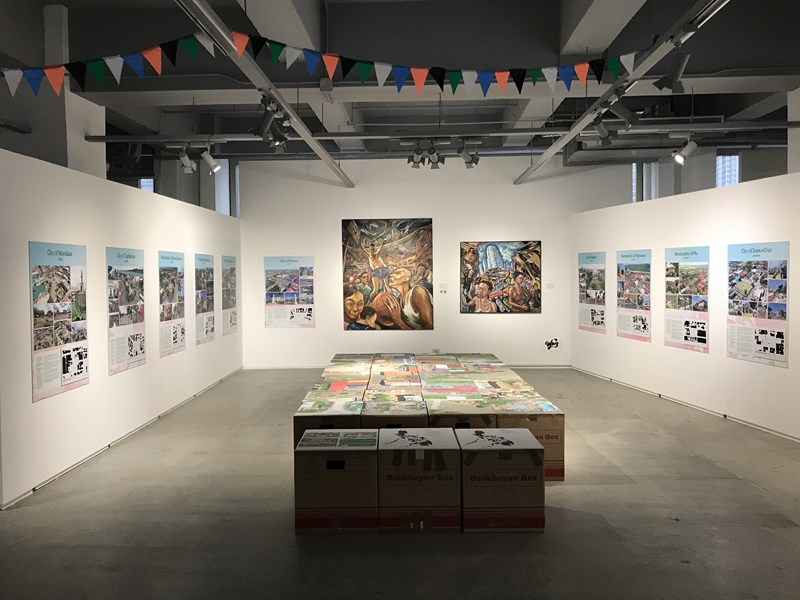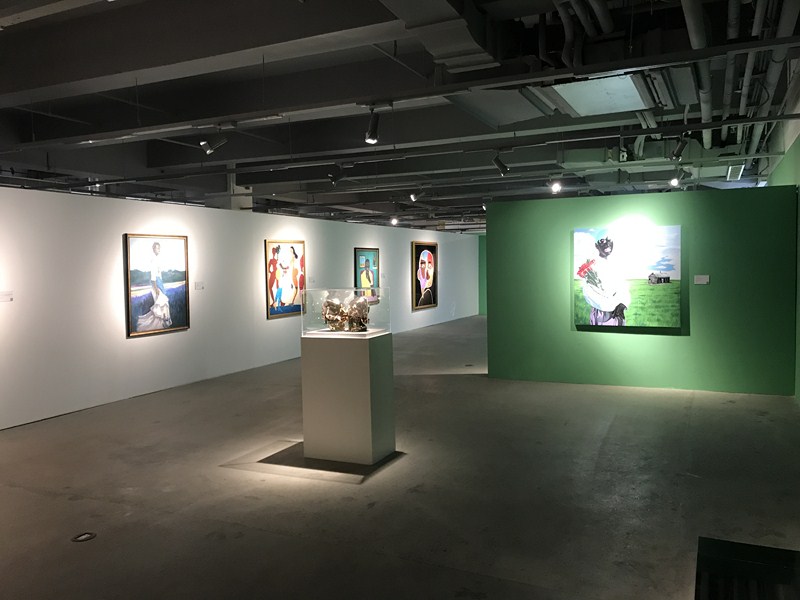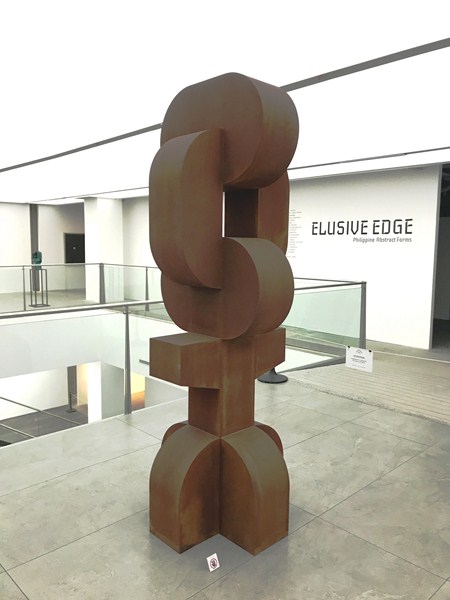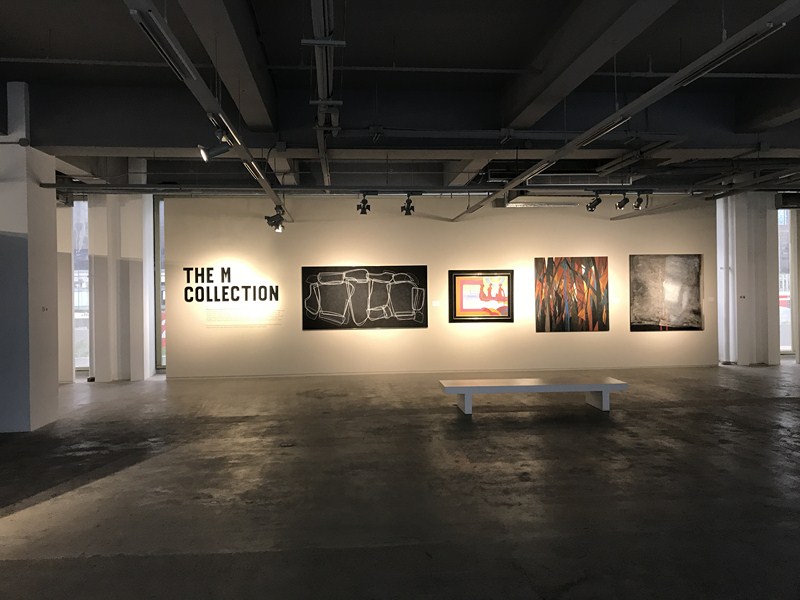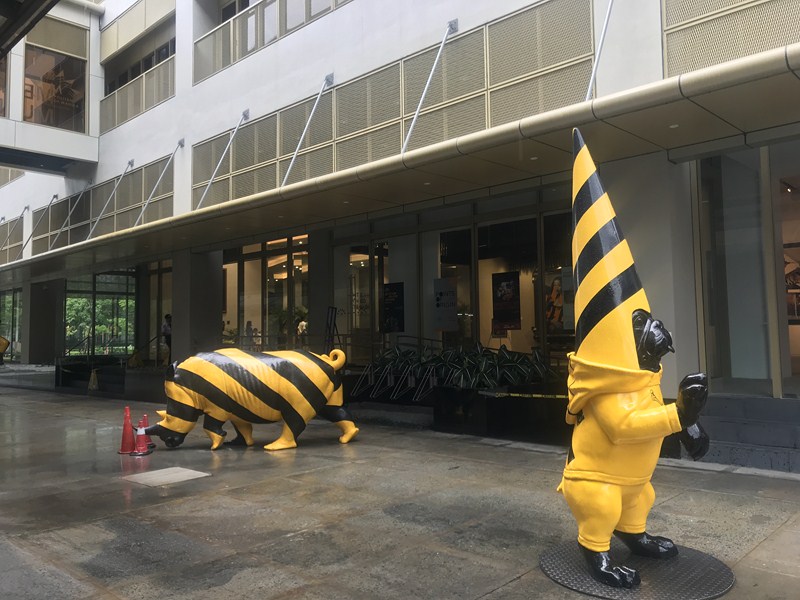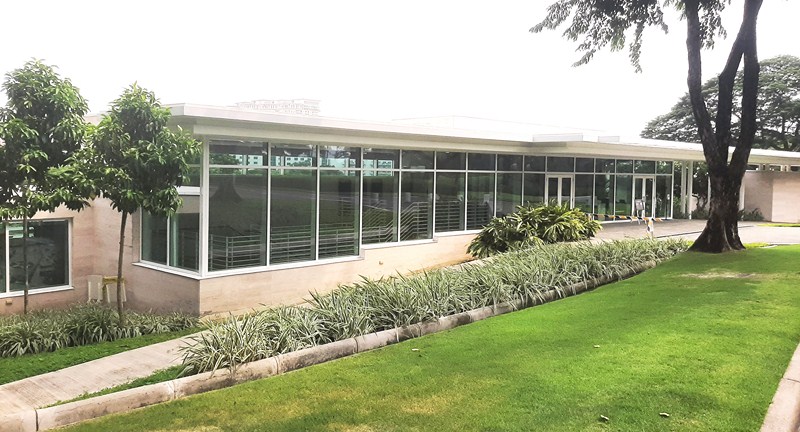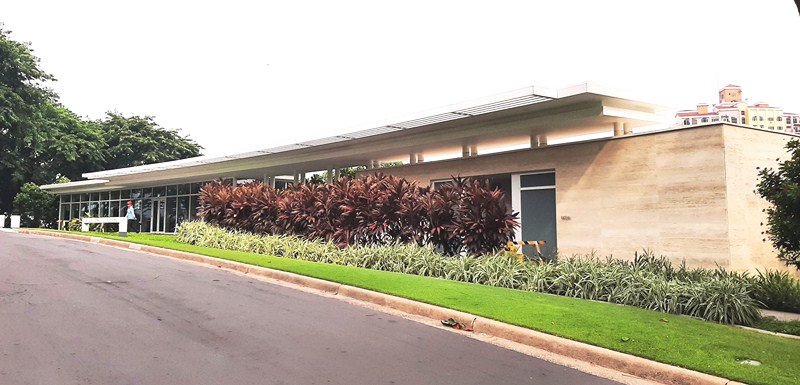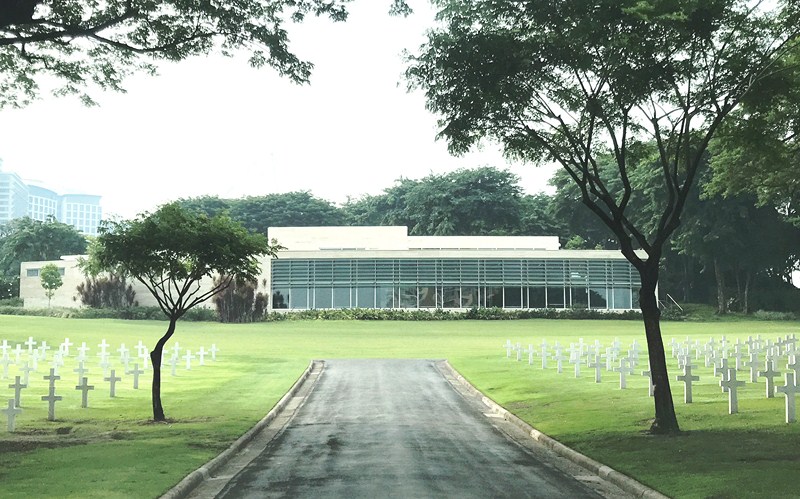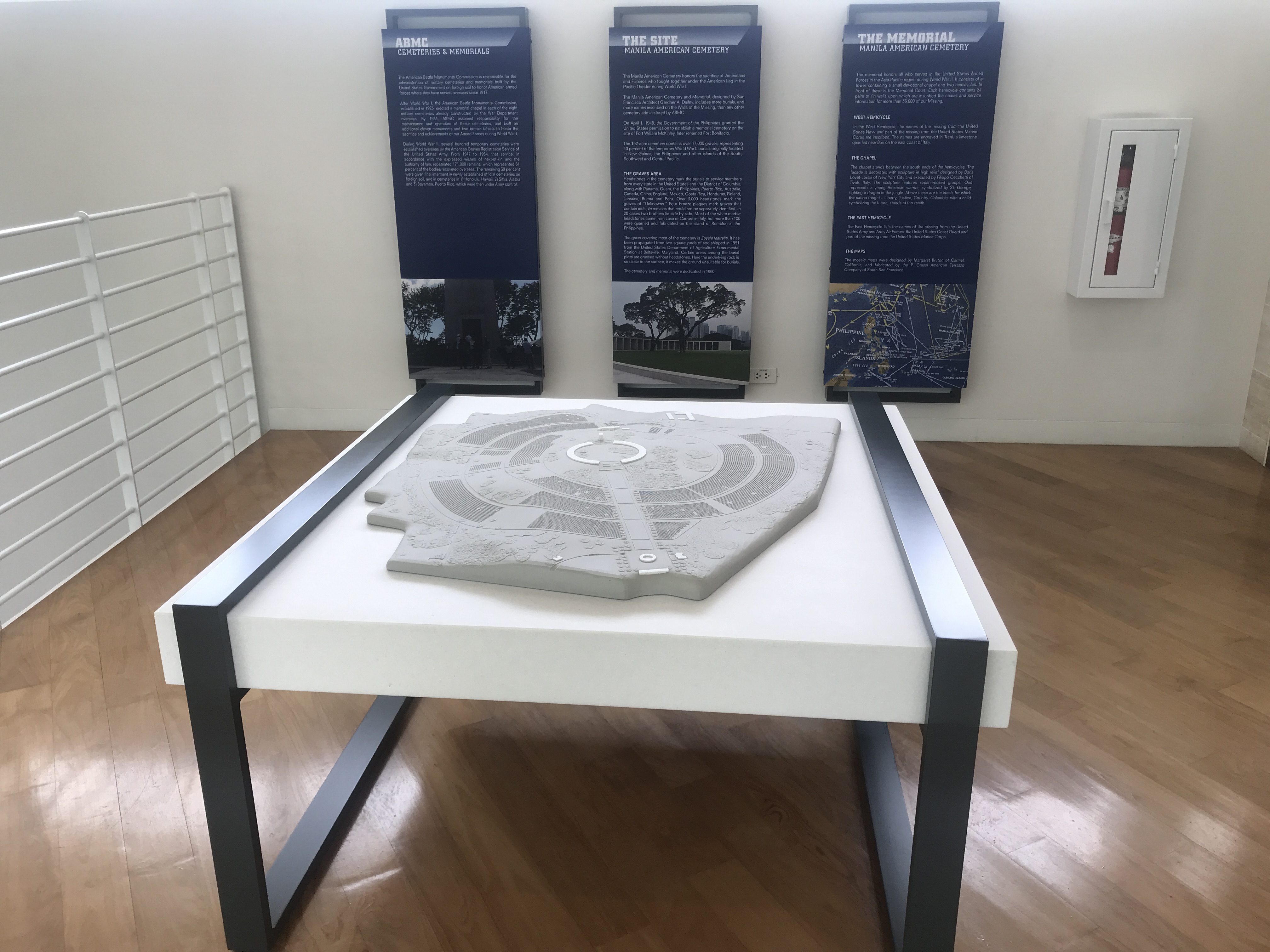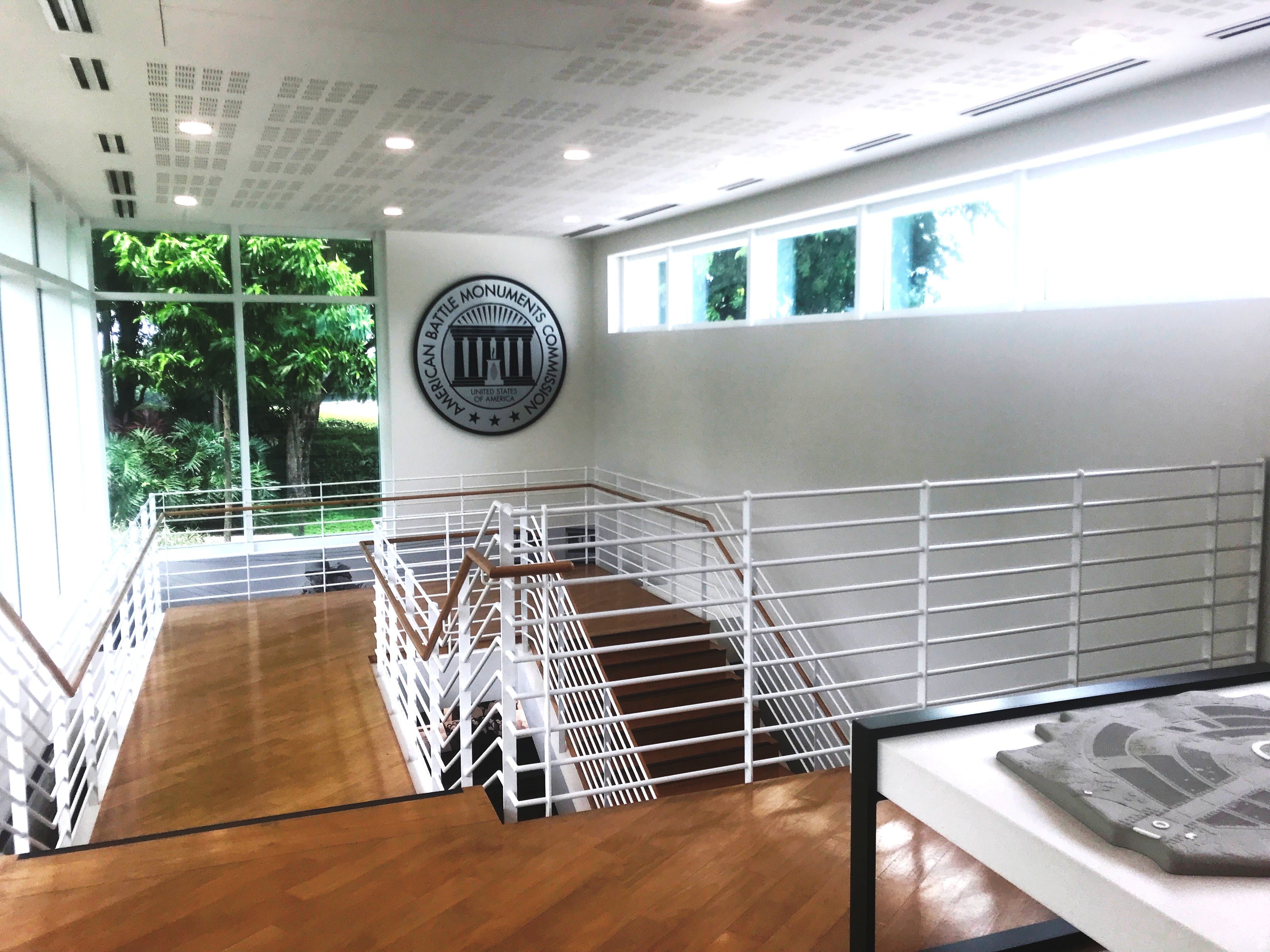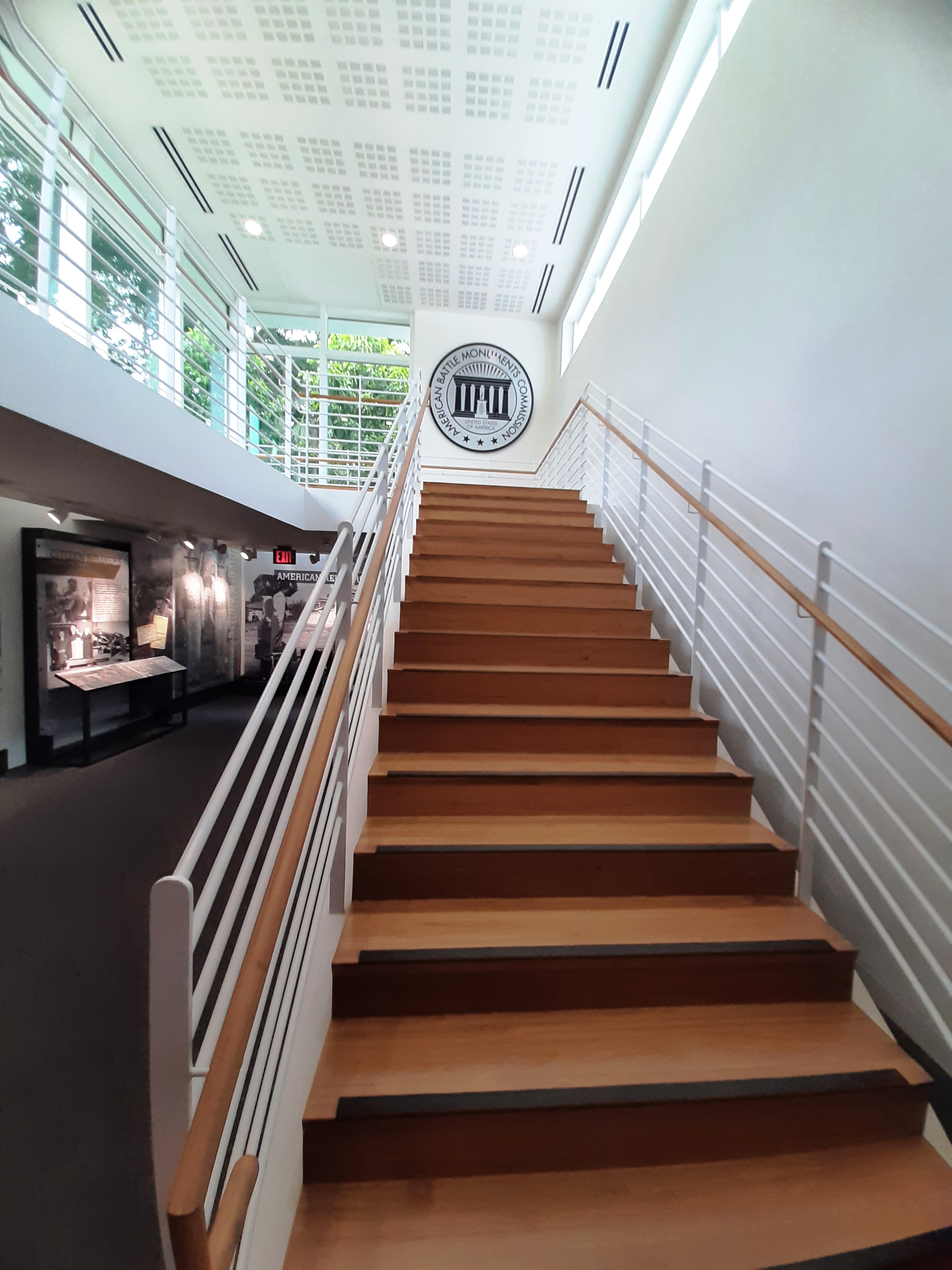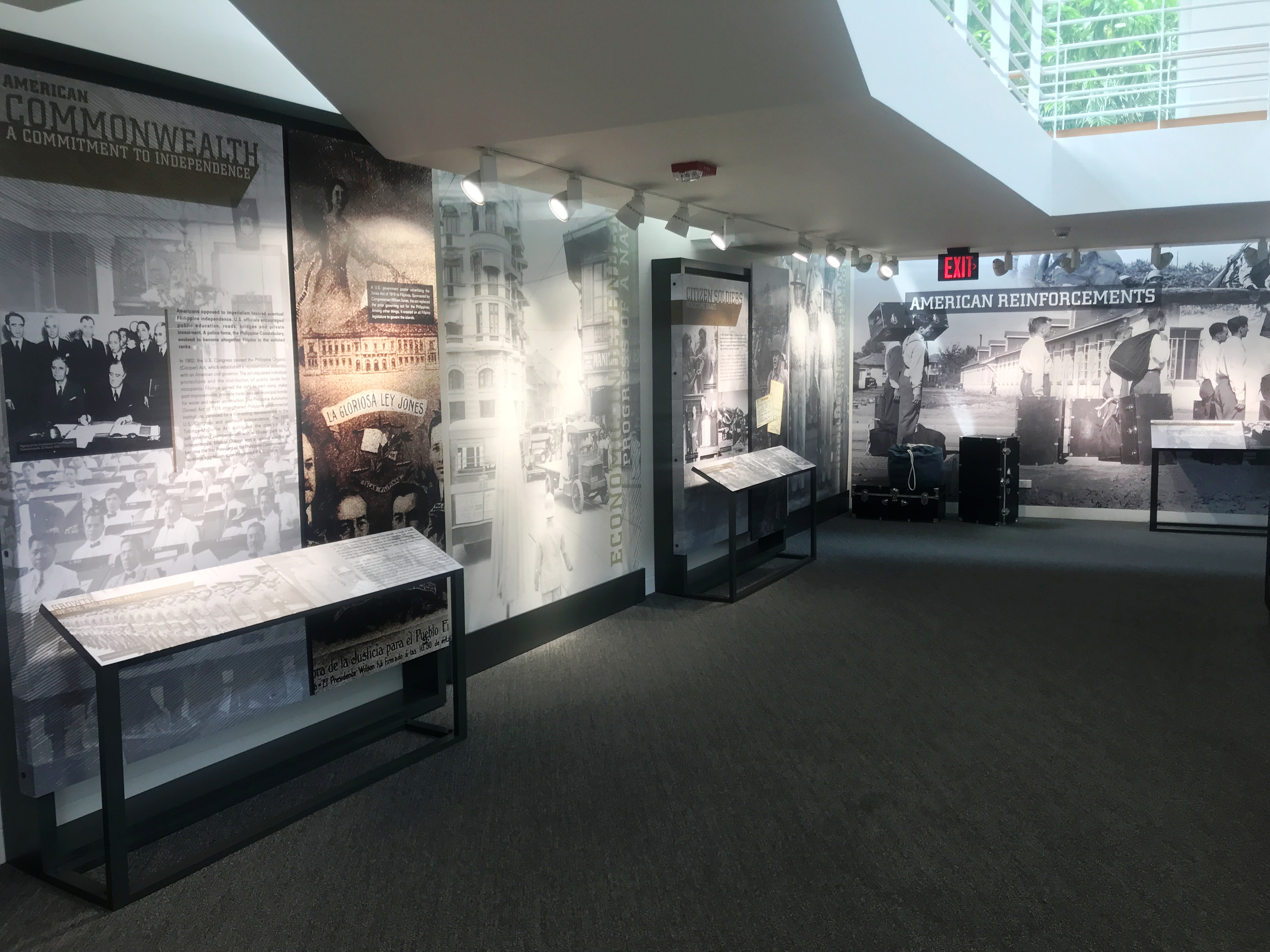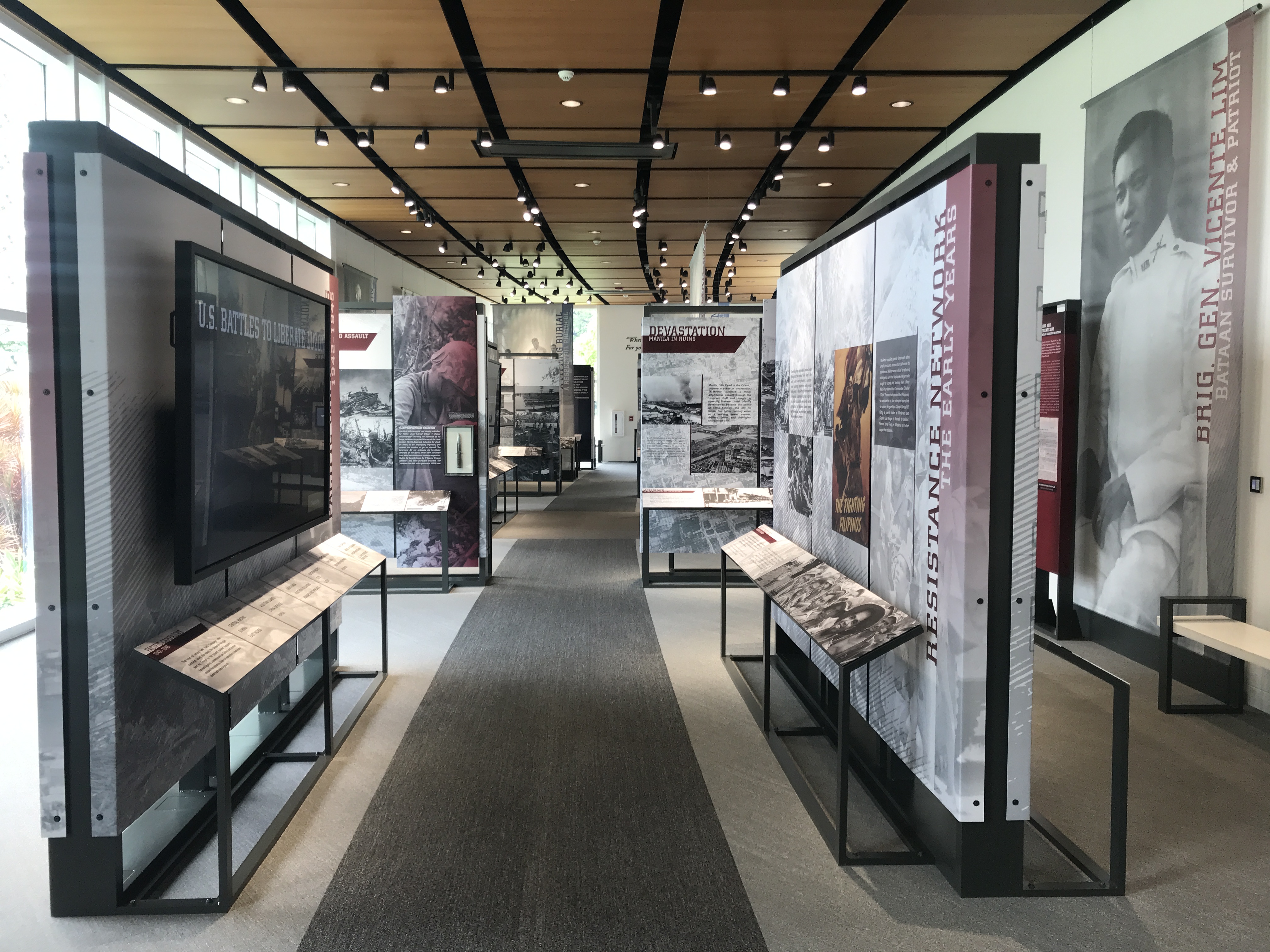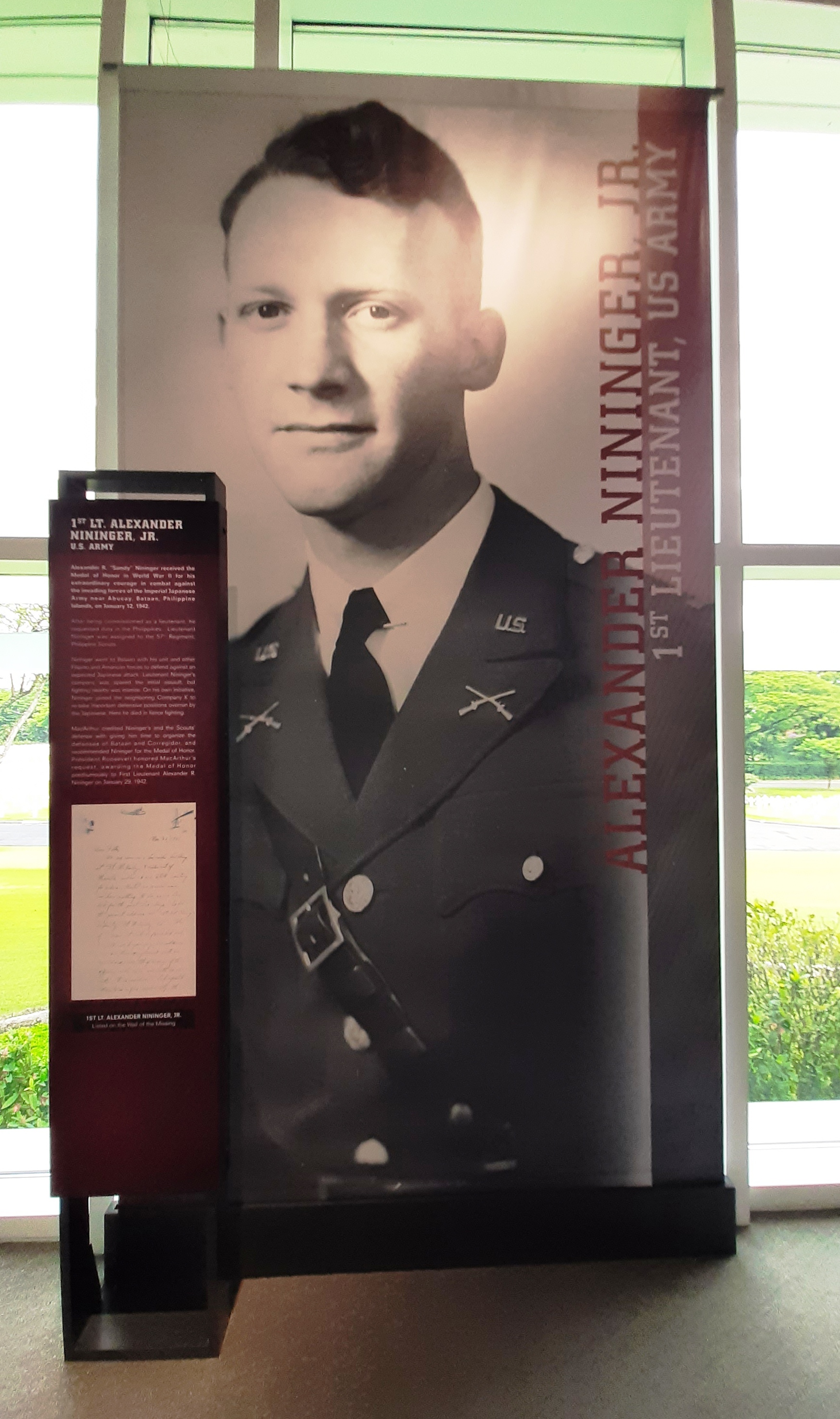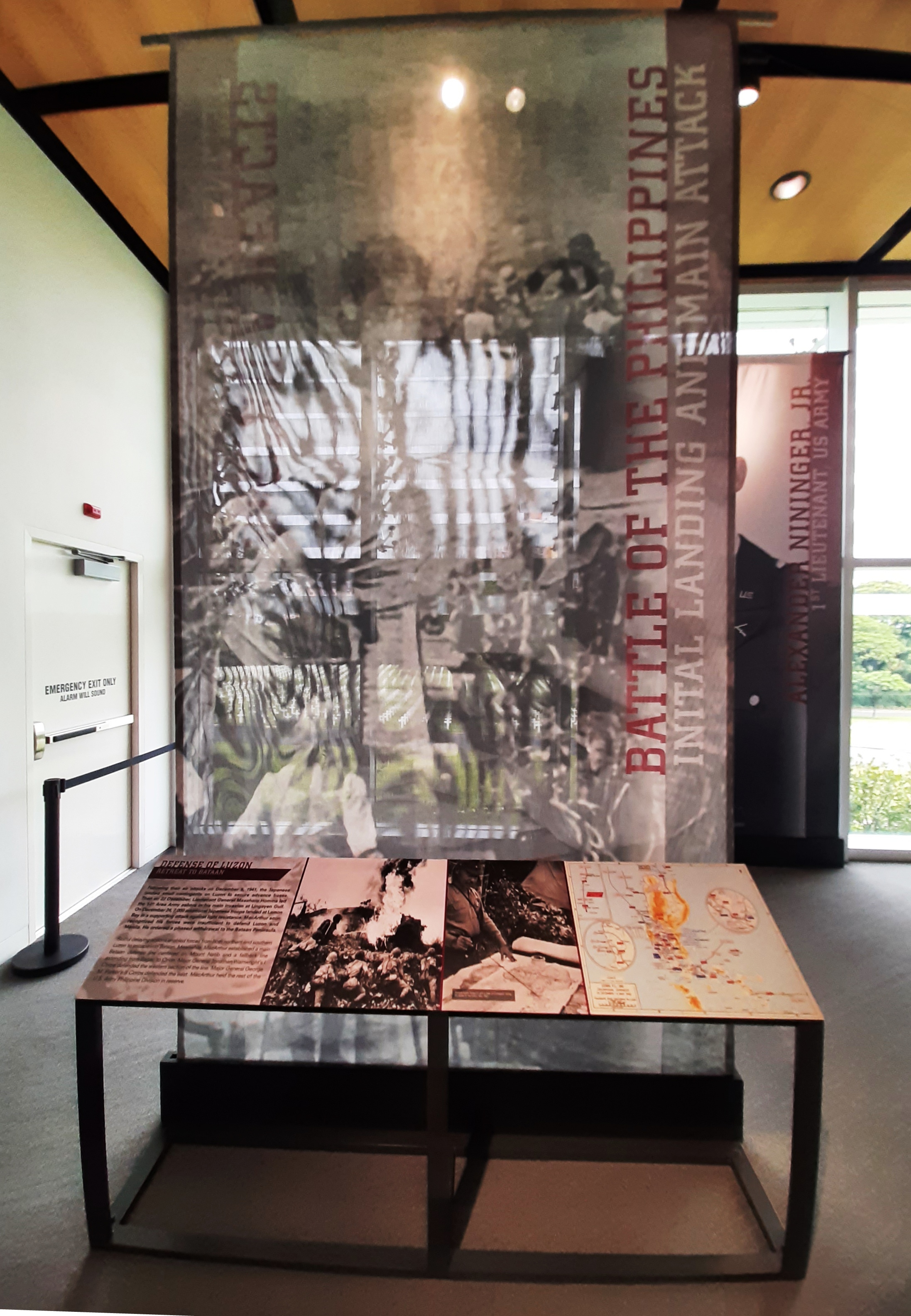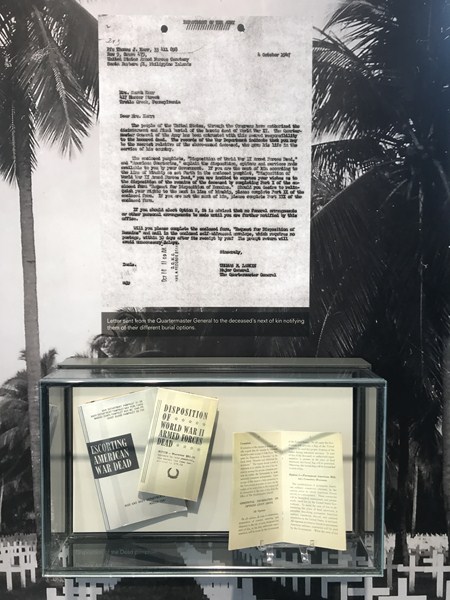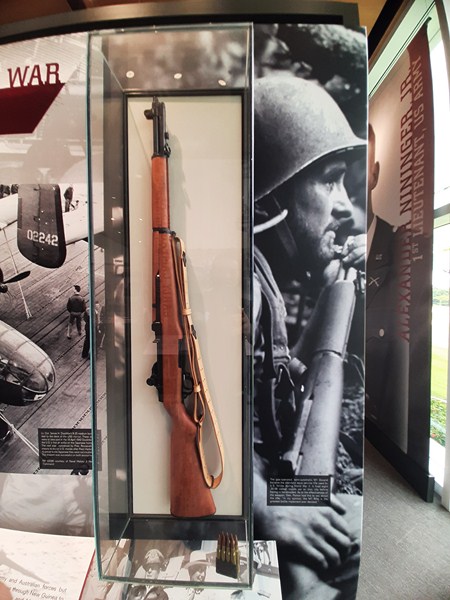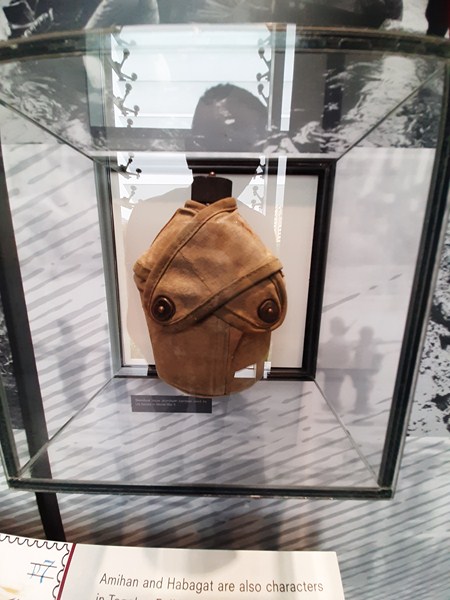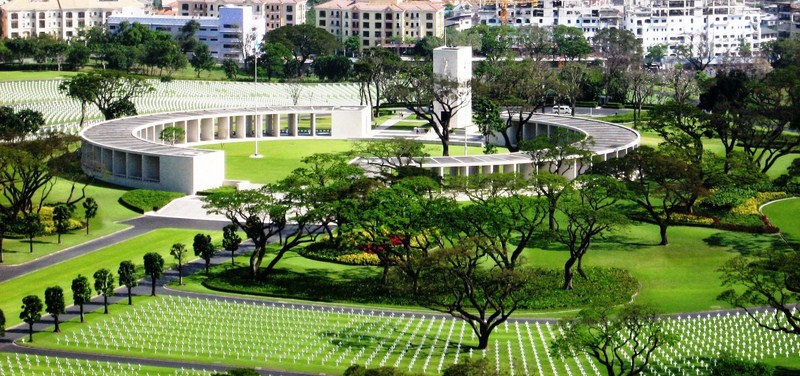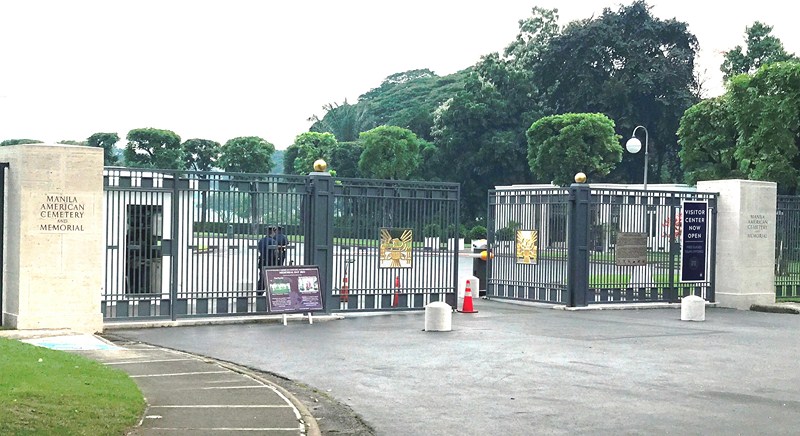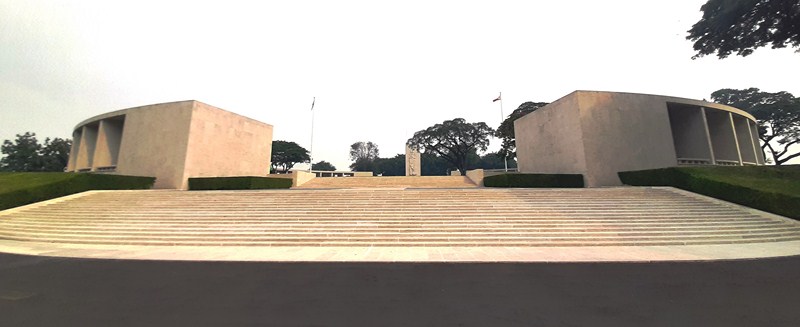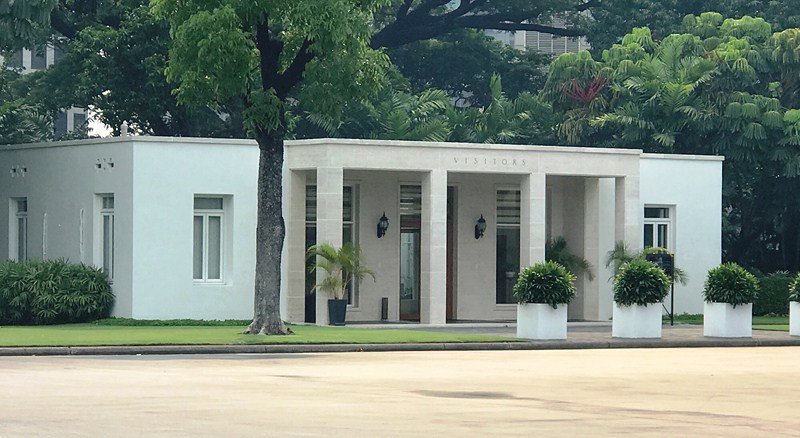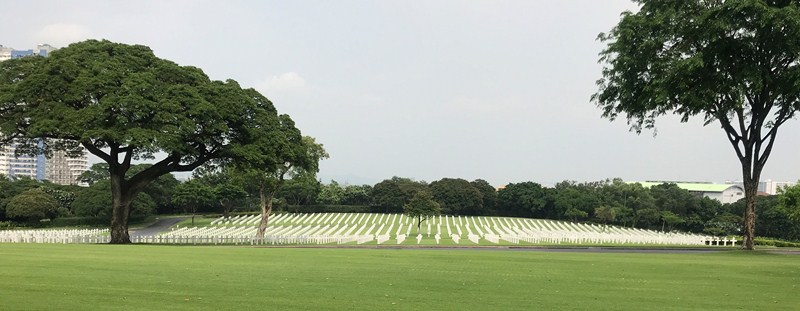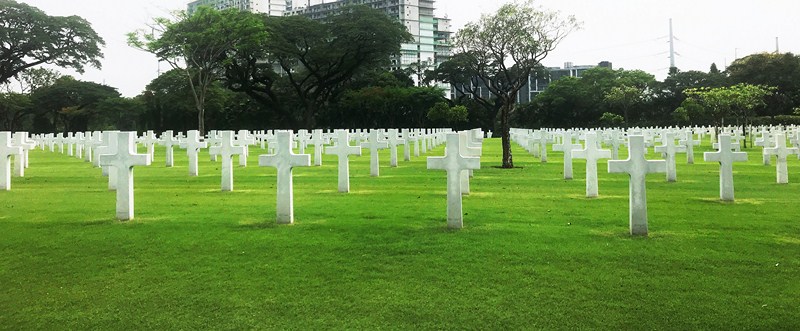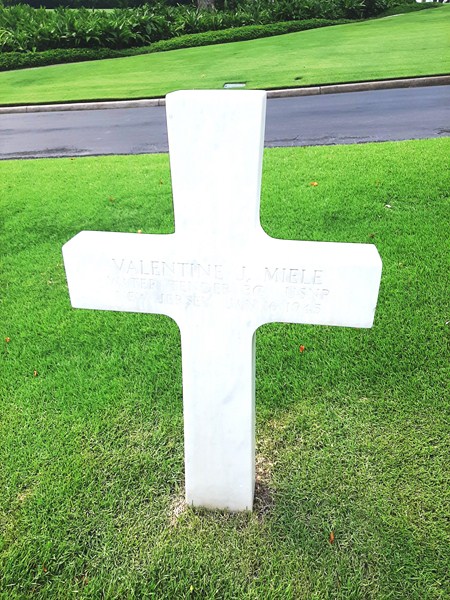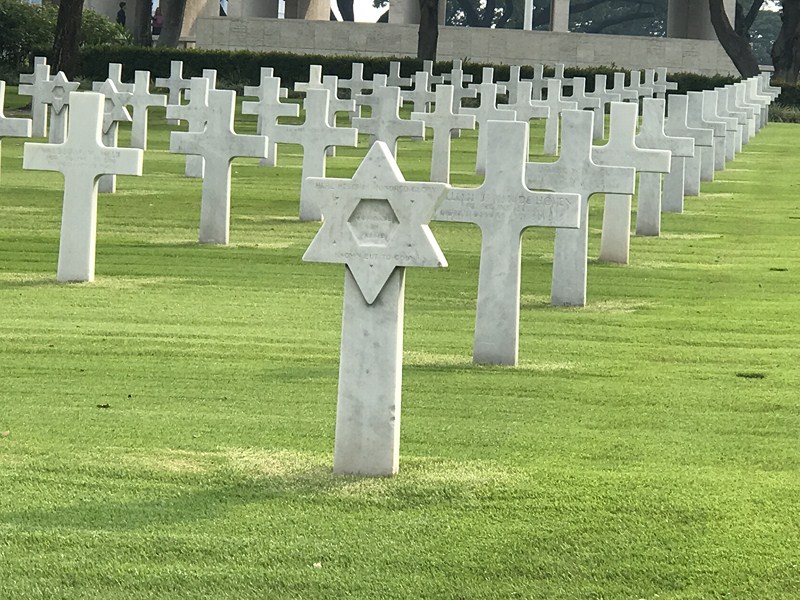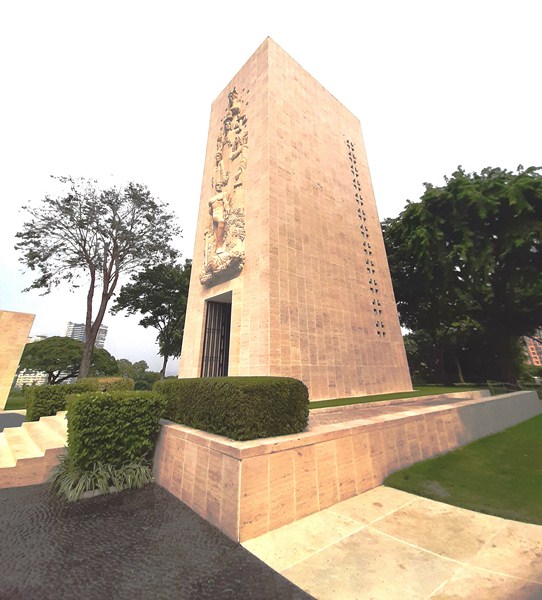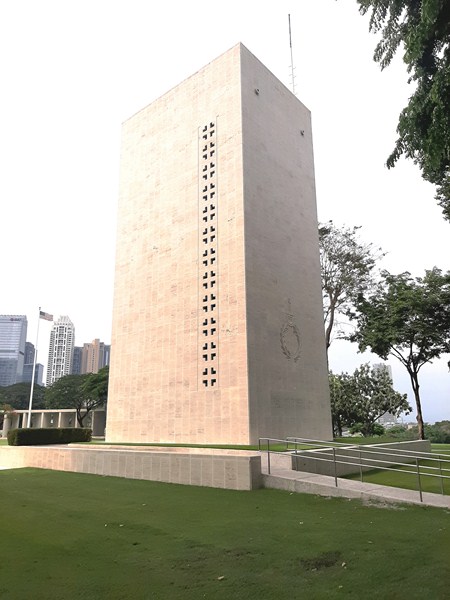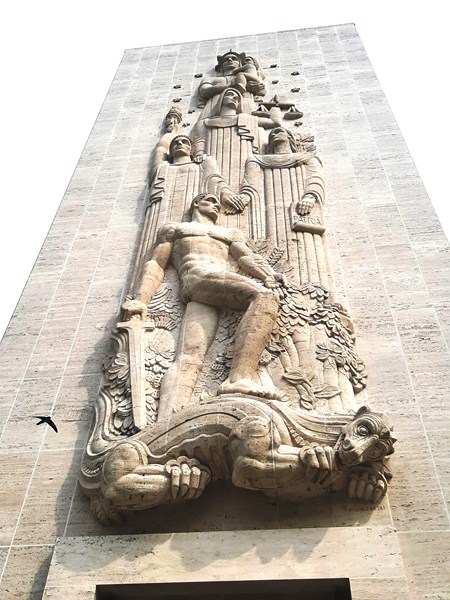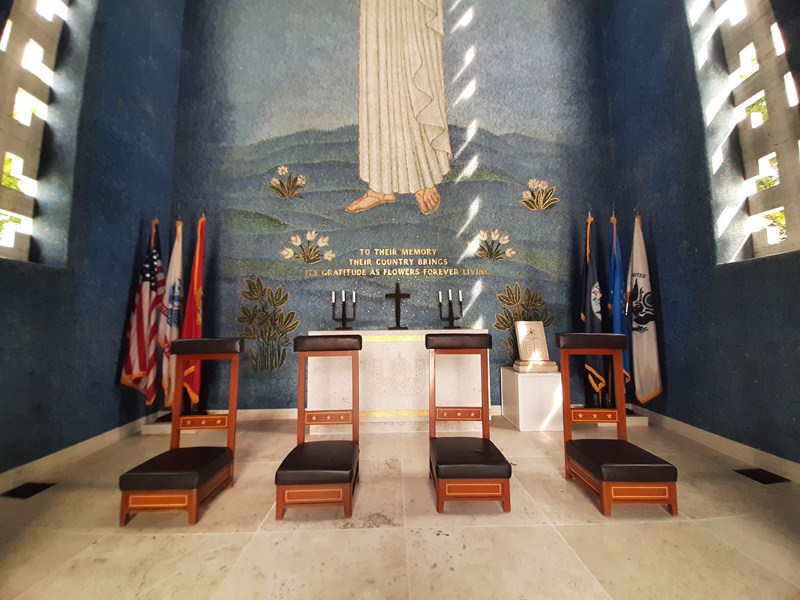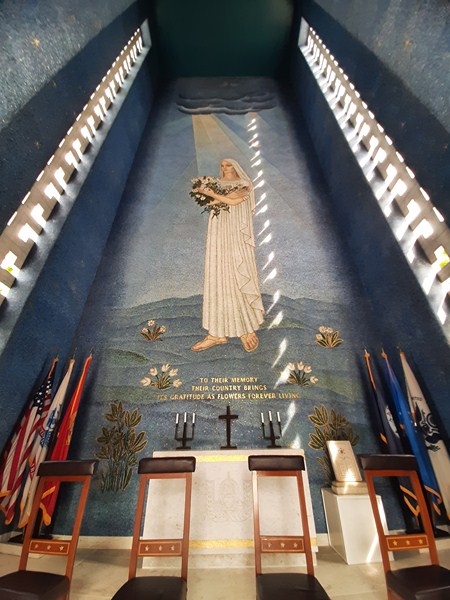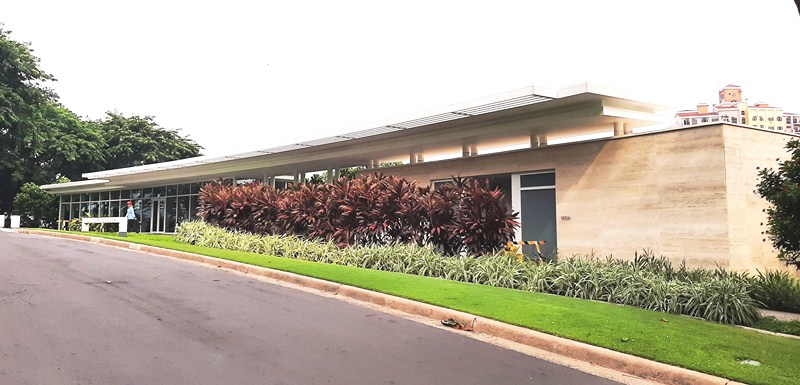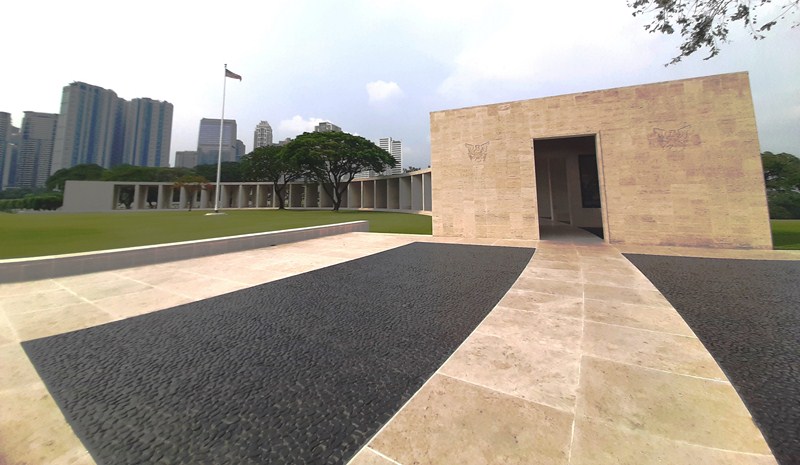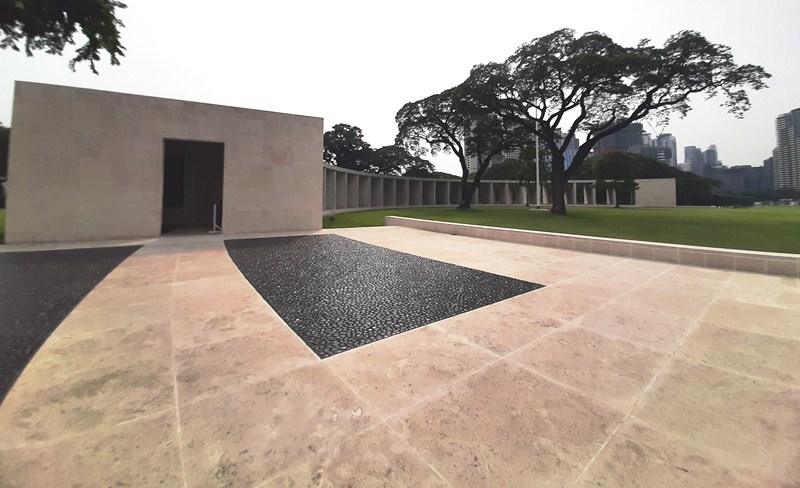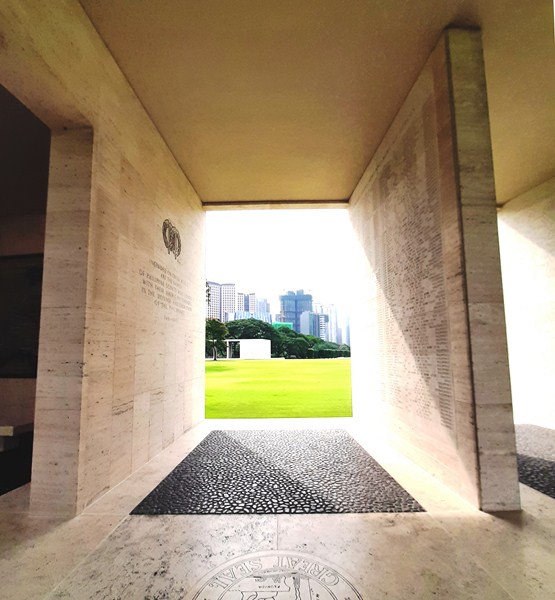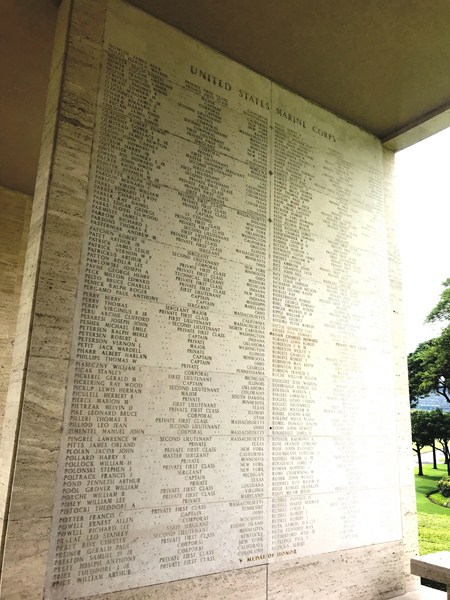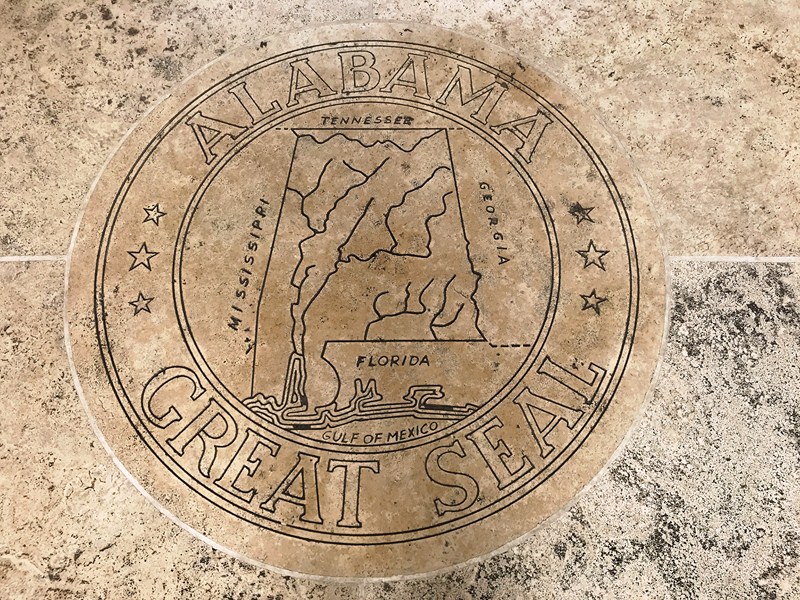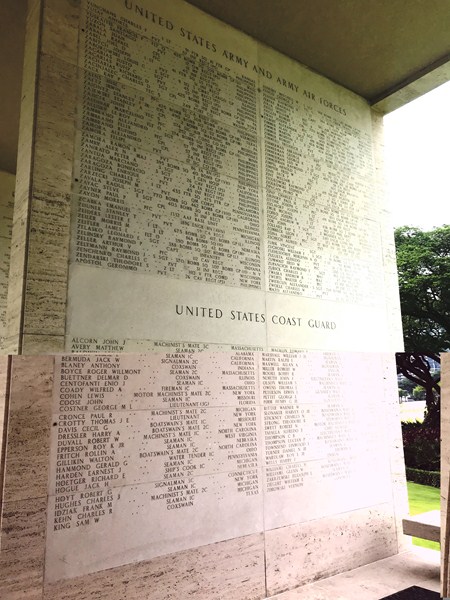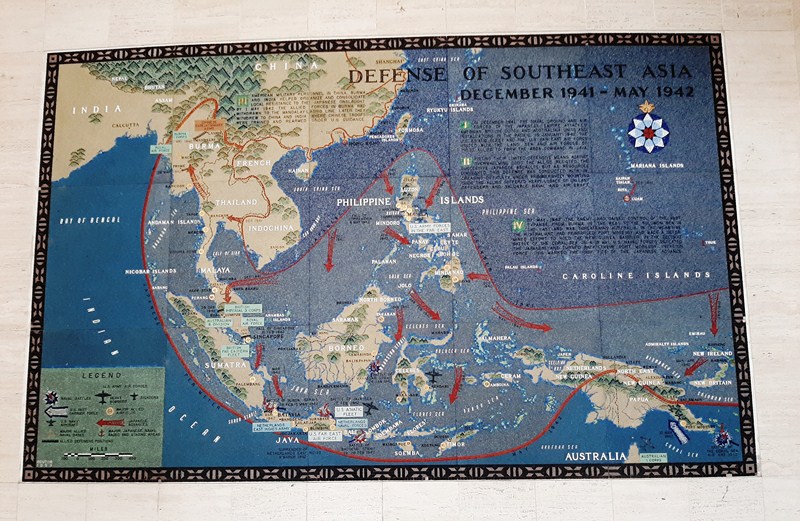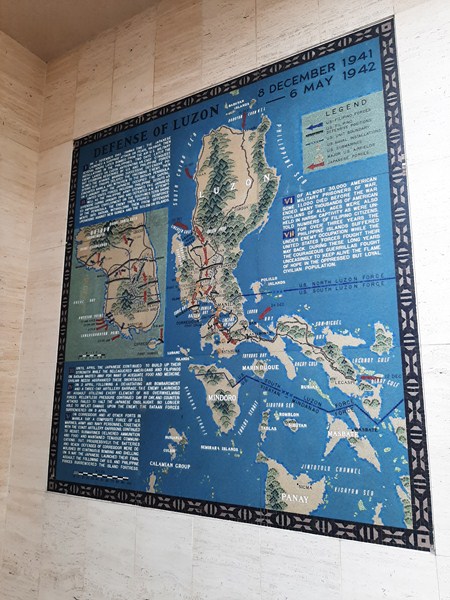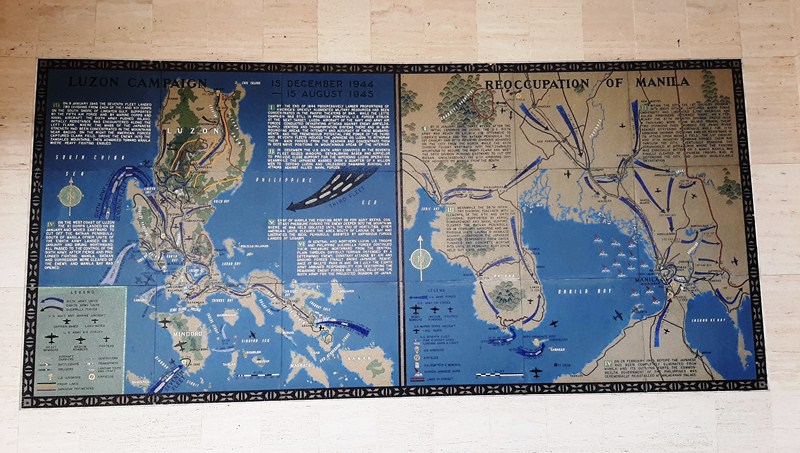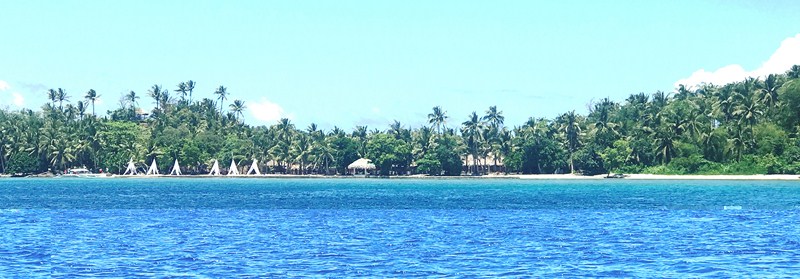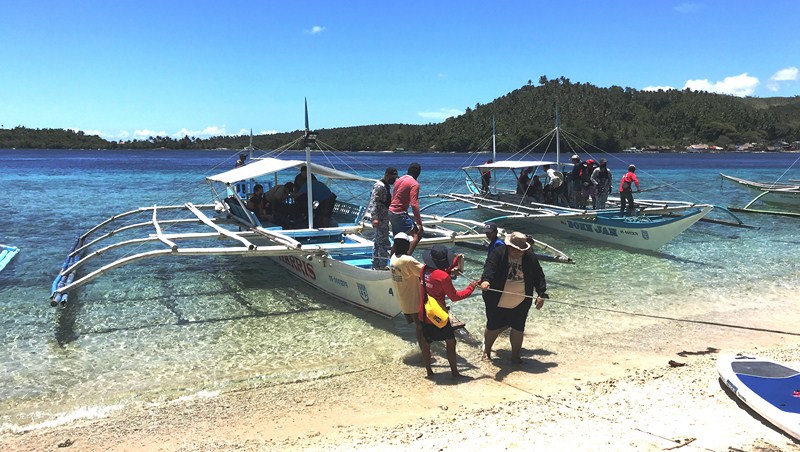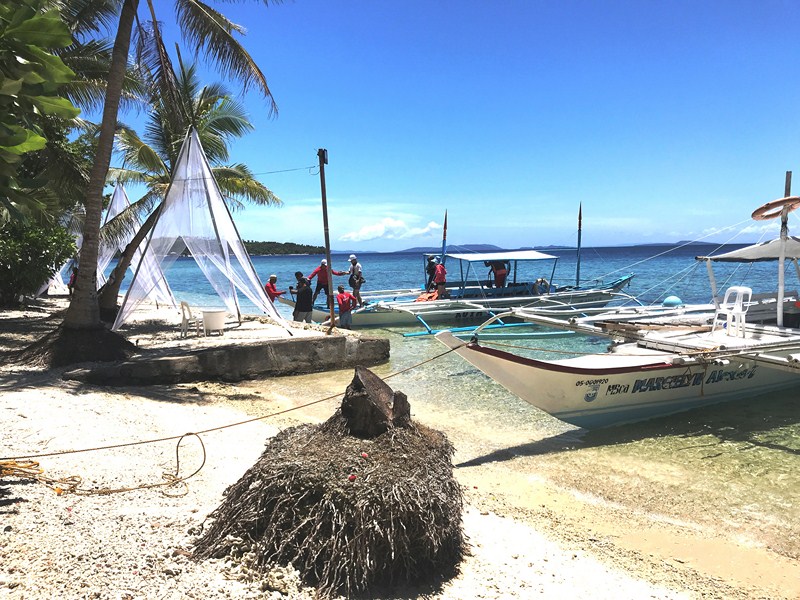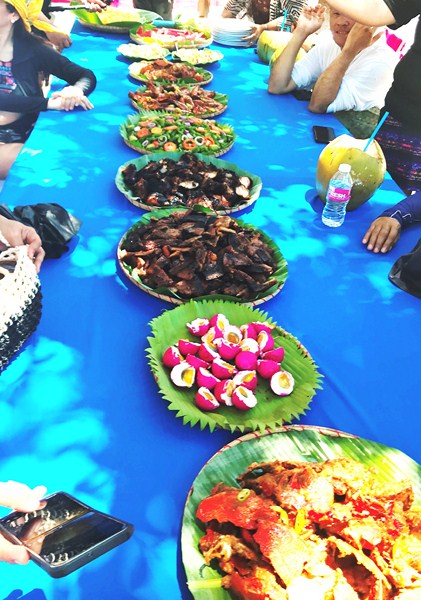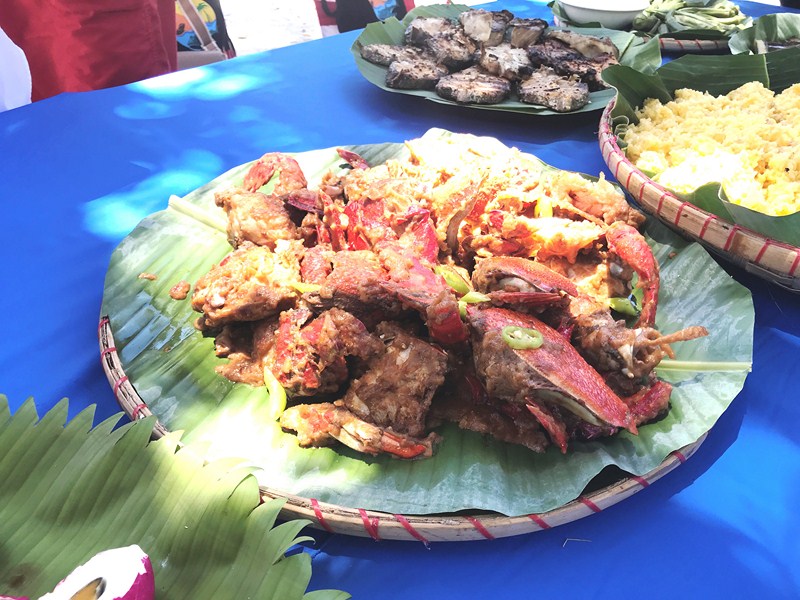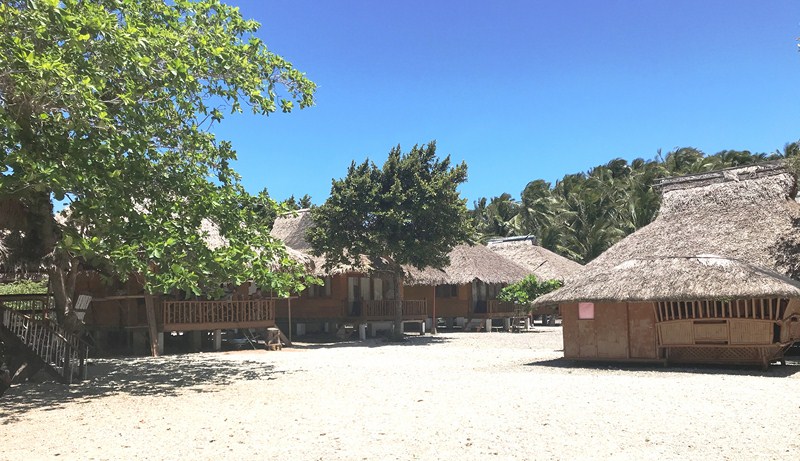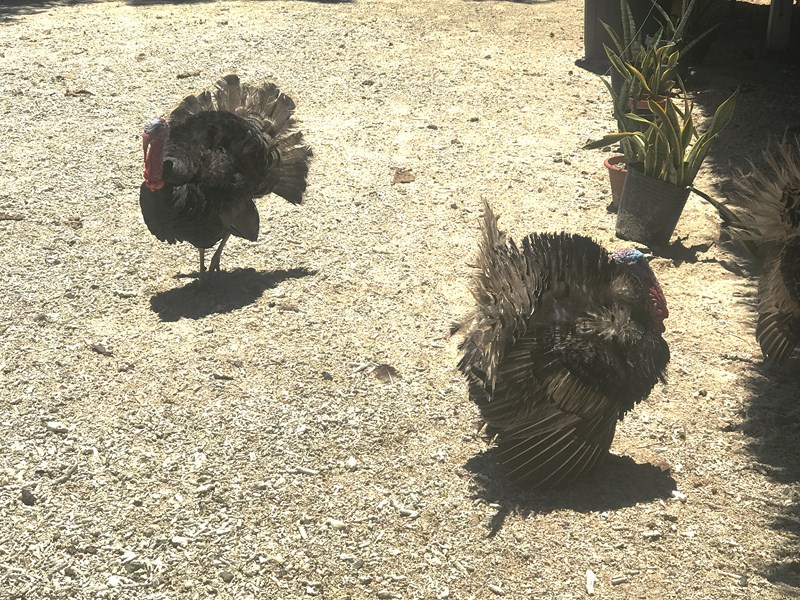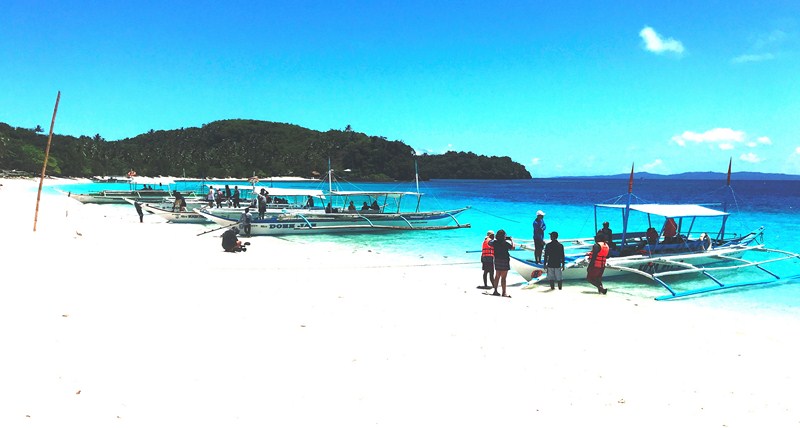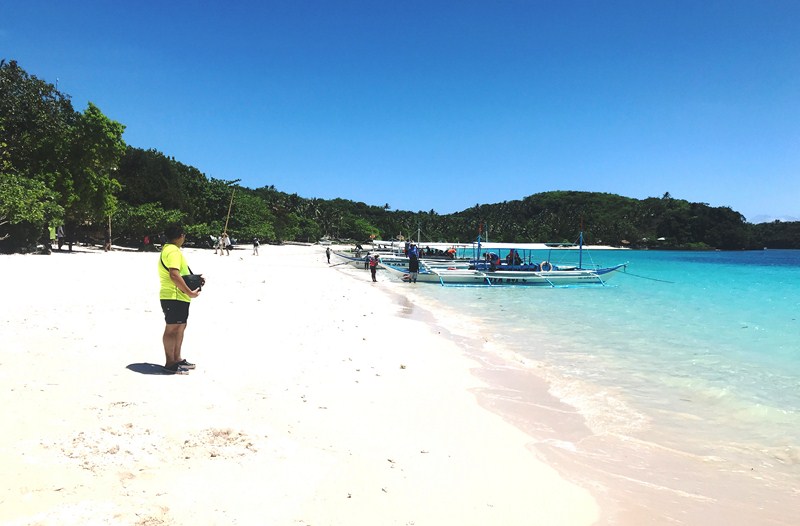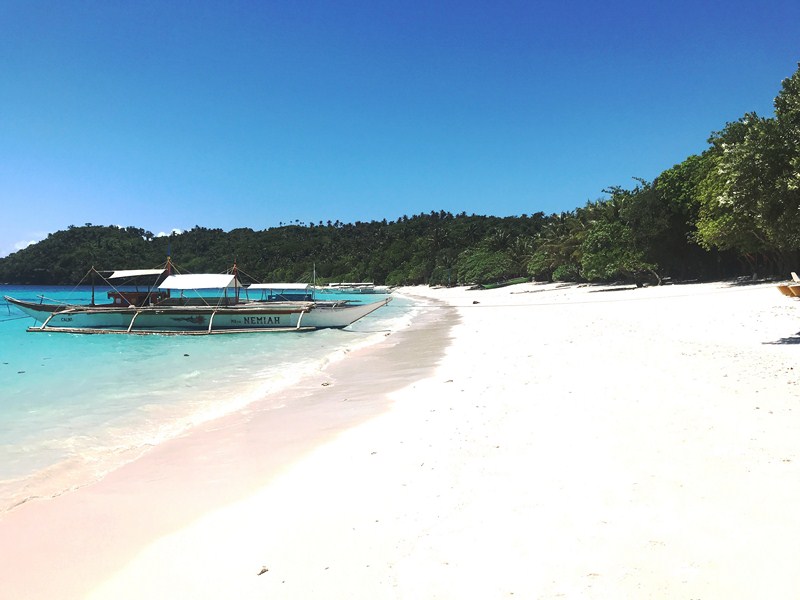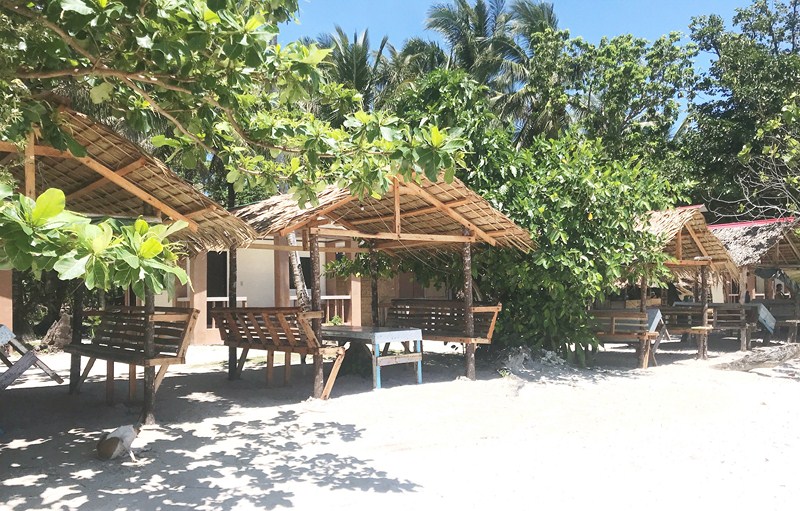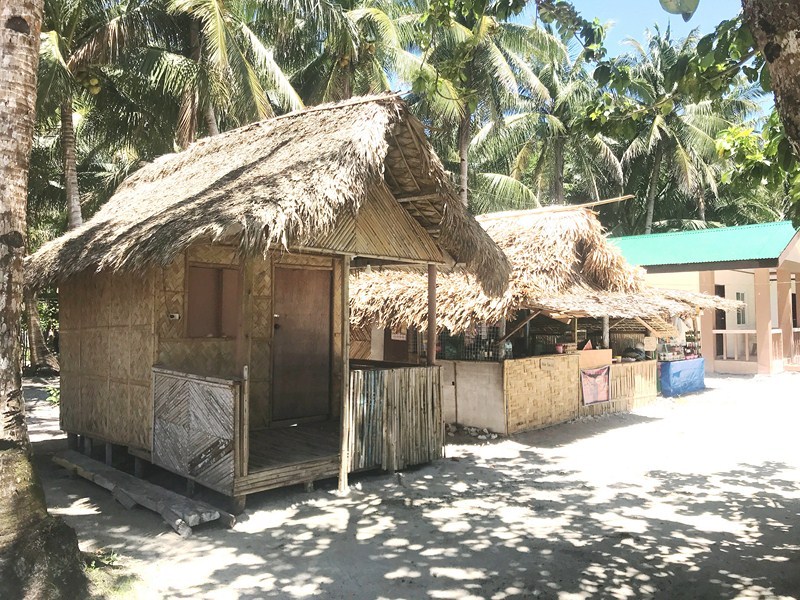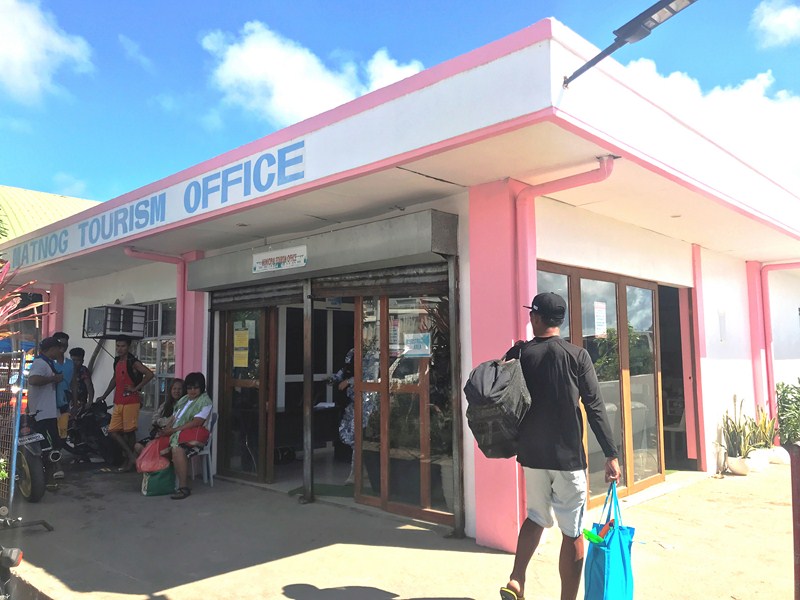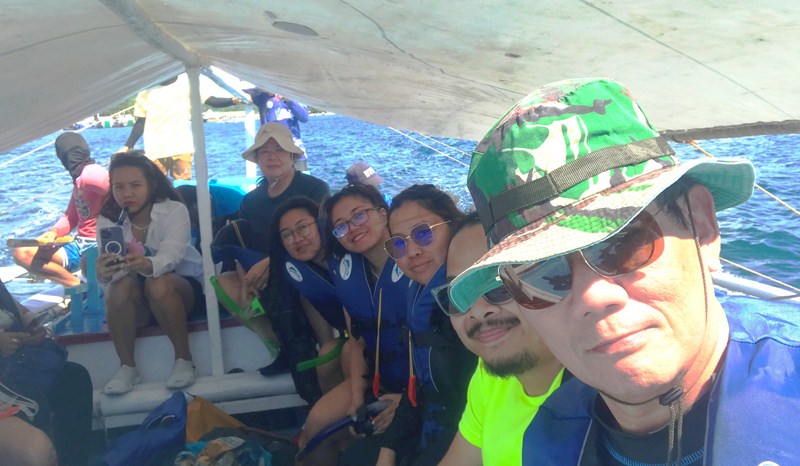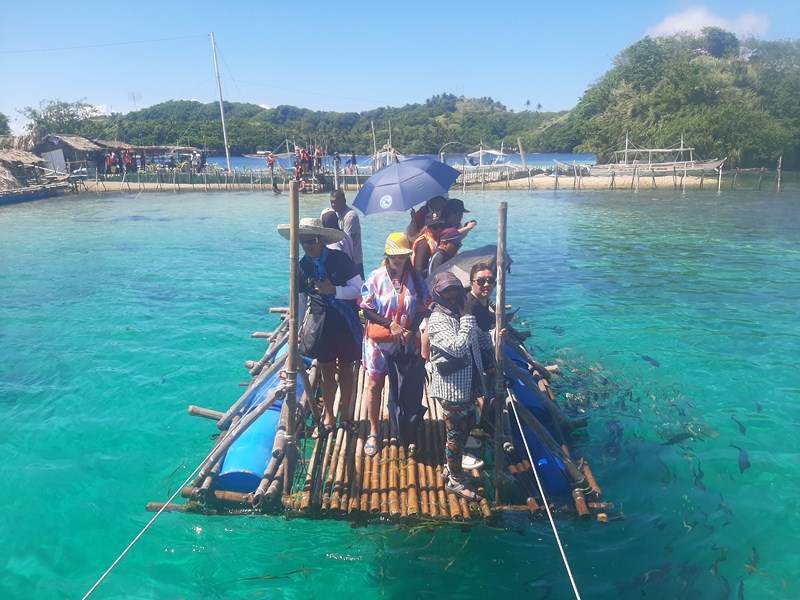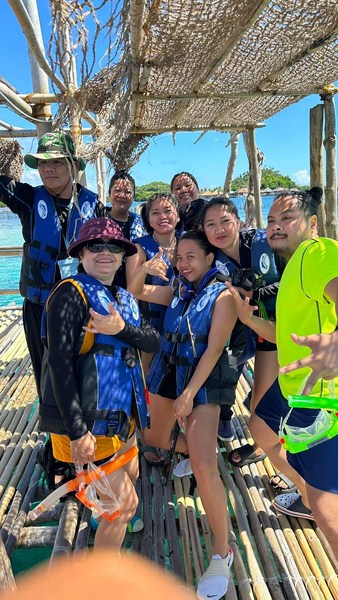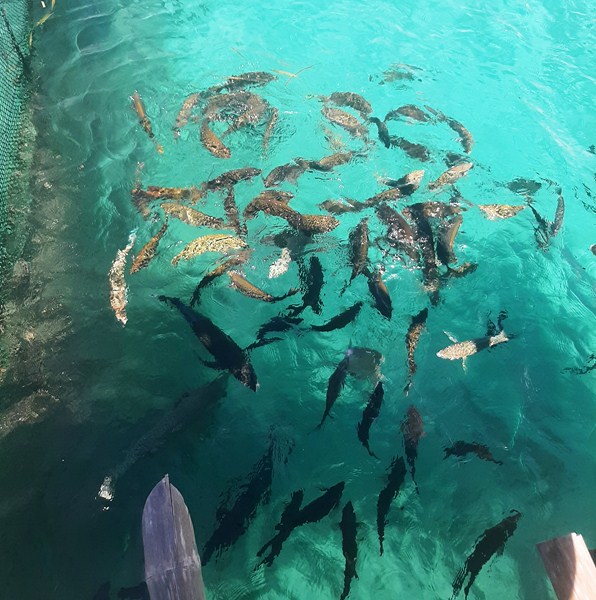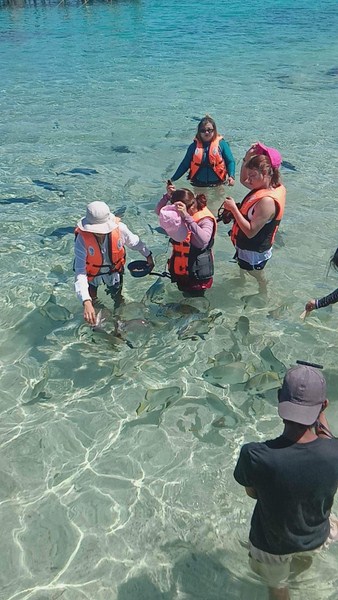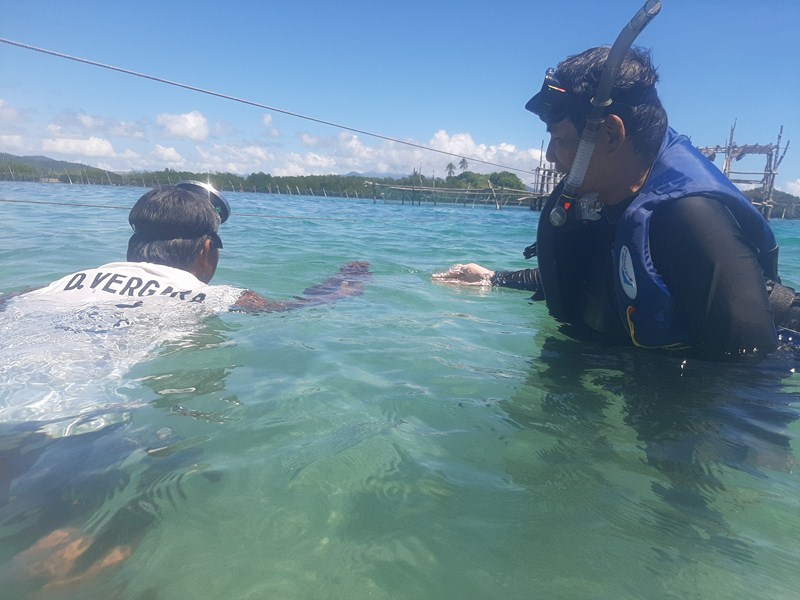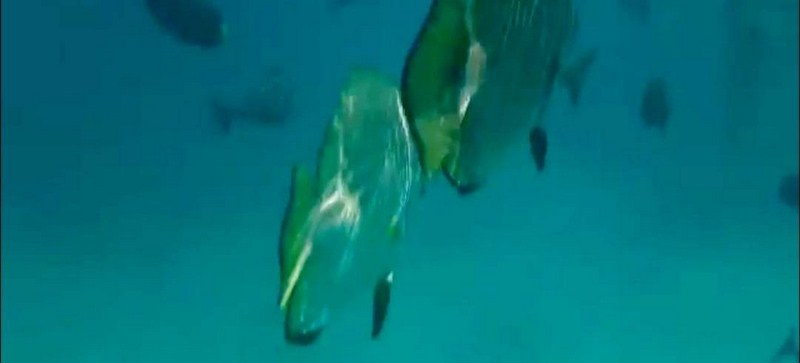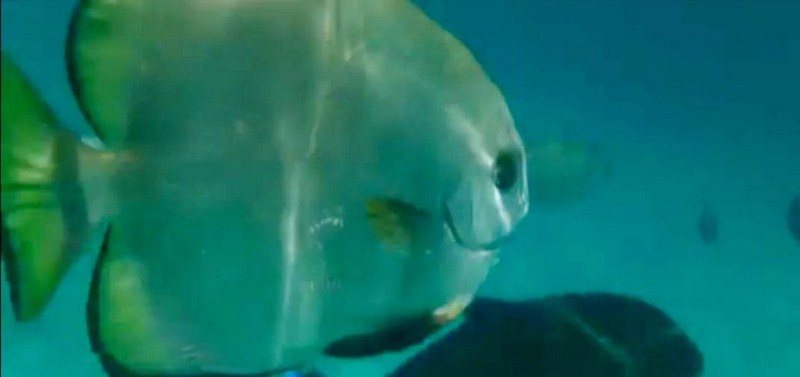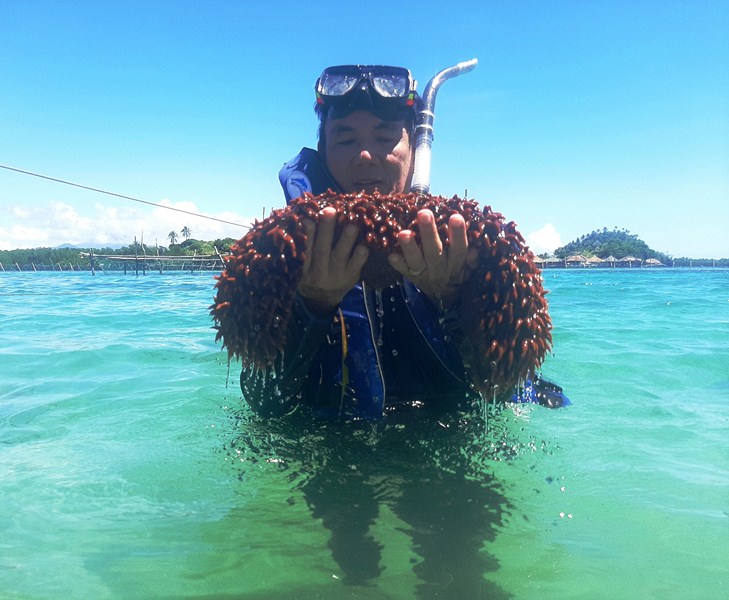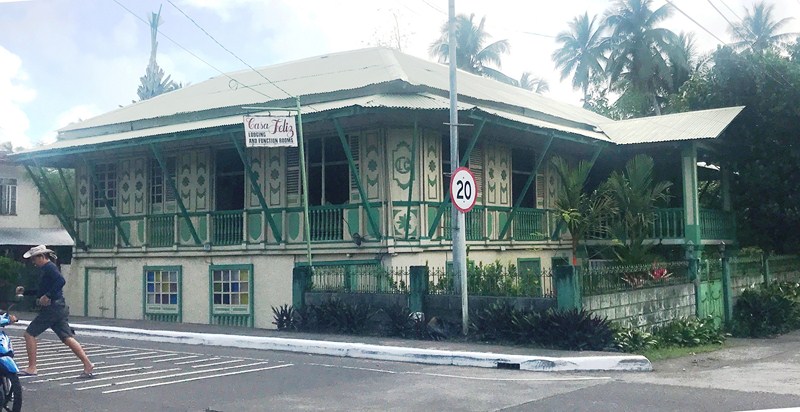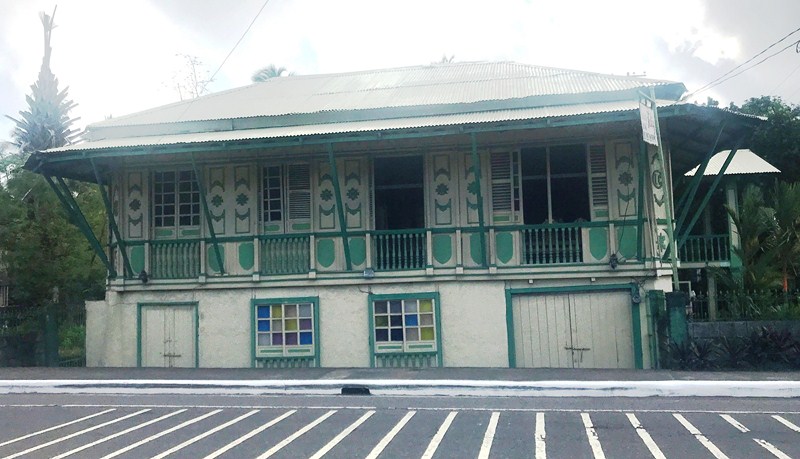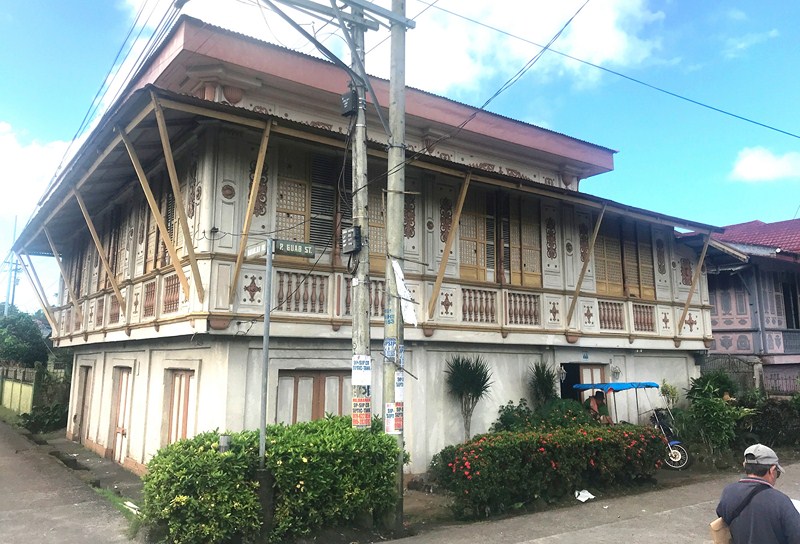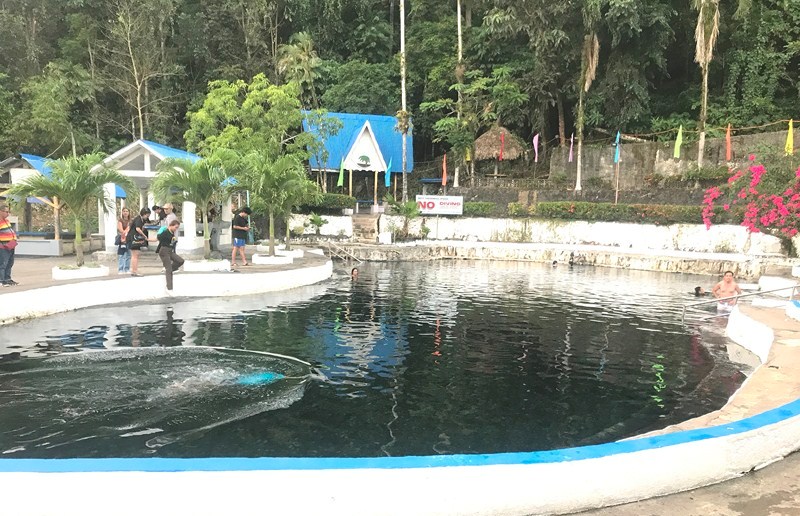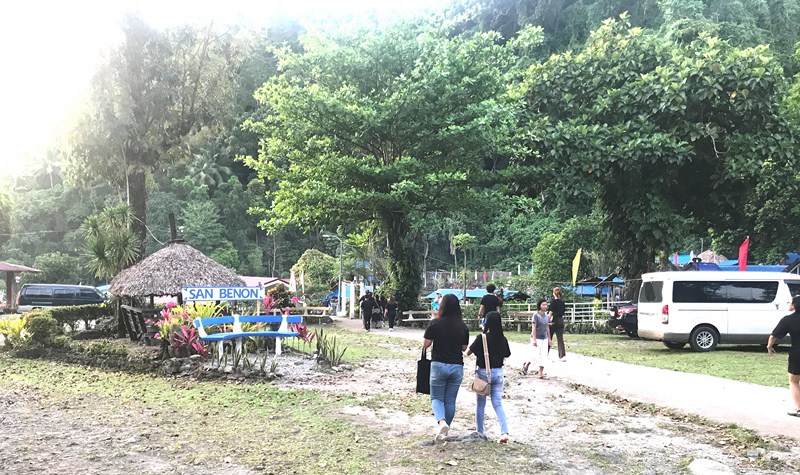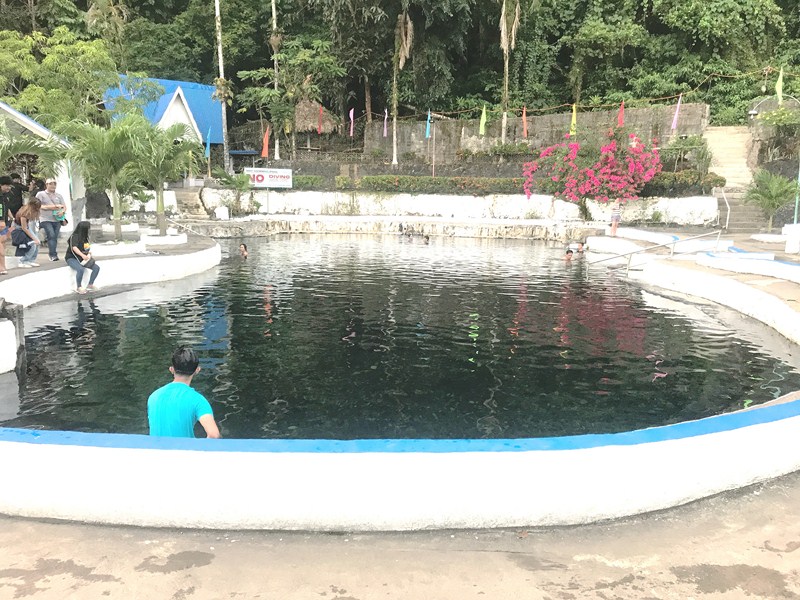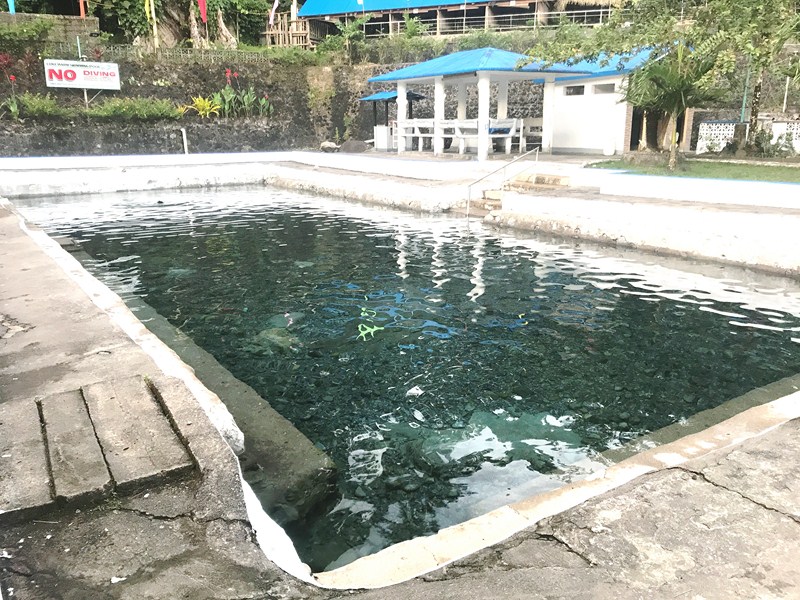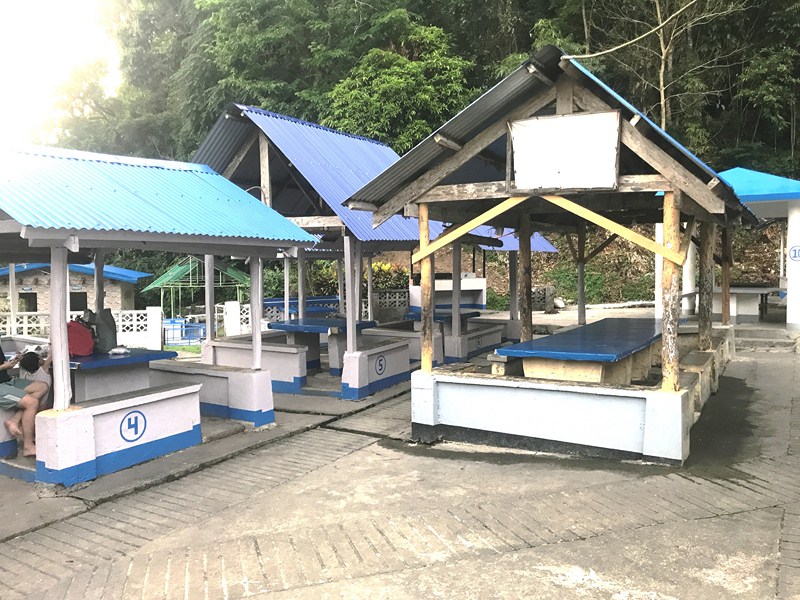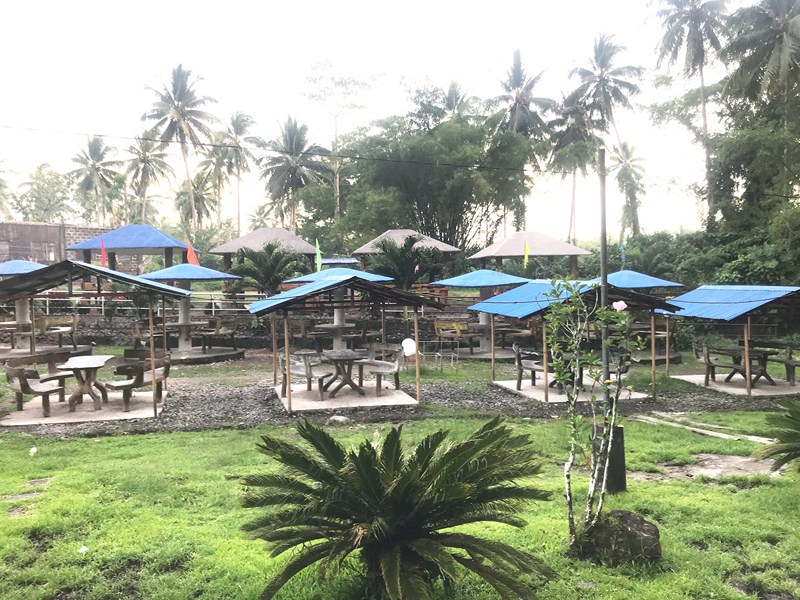The Museo ni Manuel L. Quezón (lit. ’Museum of Manuel L. Quezon’), a museum at the base of the Quezon Memorial Shrine, has a collection of art works, relics and memorabilia related to former President Manuel L. Quezon as well as his wife, First Lady Aurora Aragon Quezon. It is one of three museums within the Quezon Memorial Circle (the others are the Quezon Heritage House and the Presidential Car Museum).
Check out “Quezon Memorial Shrine,” “Quezon Heritage House” and the “Presidential Car Museum“
Opened on August 18, 1978, the museum underwent a renovation by the National Historical Commission of the Philippines and was reopened on August 19, 2015.
Gallery 1 (Kabataan ni Manuel) features the late president’s life in Baler, and Tayabas (now Aurora), where he was born on August 19, 1878; his education at the Colegio de San Juan de Letran and the University of Sto. Tomas, where he earned a law degree; revolution days; and civilian life.
On display here are the following:
- Quezon’s February 19, 1894 University of Sto. Tomas diploma for Bachelor of Arts
- A large imprint of Quezon’s right hand, artist unknown
- A souvenir frame from the Thomasites
- Portrait of Don Francisco Ortigas
- A 1901 photo of Maj. Manuel L. Quezon in Bataan (during the Philippine-American War, where he served as aide-de-camp to Gen. Emilio Aguinaldo)
- His hat collection (including several salakot” or native hats which he would often wear during his sorties in the provinces).
Gallery 2 (Unang Taon sa Serbisyo Publiko) shows his post-war endeavors as a lawyer, governor of Tayabas in 1906; National Assembly representative (1907); Resident Commissioner to Washington D.C. (1909); and Senate President (1916).
A number of the memorabilia displayed are gifts given to Quezon by local dignitaries and organizations, some of them given during his birthday. They include:
- A calendar holder and a Senate crystal glass ink dish,(on opaline base with initials MLQ) given to Quezón on January 1, 1925, in appreciation of Quezón in leading the Independence Mission to Washington DC, in 1924.
- A sterling silver inkwell given, on August 19, 1917, to Quezón as a birthday gift by Teodoro Rafael Yangco (1861-1939), who was Quezón’s replacement as the Resident Commissioner to the US Congress in Washington.
- Two sterling silver vases given to Pres. Quezón by the Los Senadores (The Senators) and the Functionarios Y Empleados de Senado (Officials and Employees of the Senate) on January 1, 1924.
- A July 1935 a decorative plaque, one of the oldest in the collection, was dedicated to Senate President Manuel Quezon from the Spanish cities of Alicante, Castellon de la Plana and Valencia.
- A short 1916 obelisk, with silver plaques dedicated to Quezon, awarded by the Freemason Nilad Lodge 144 on September 23, 1916 (just a few days before he would win the 5th District senatorial seat on October 3, 1916), honoring Quezón for his work as the Resident Commissioner in Washington, D. C. from 1909 to 1916.
There are also a number of historical photos from that era displayed such as:
- A 1907 photo of Manuel L. Quezon as the delegate of Tayabas in the Philippine Assembly
- A 1918 photo of Manuel L. Quezon and Aurora Aragon Quezon after their wedding in Hong Kong
- A 1922 photo of Senate President Pro Tempore Sergio Osmeña, Senate President Quezon, Felipe Agoncillo, Teodoro M. Kalaw, with Maranao Sultan and Senator Alauya Alonto and his men
- A June 20, 1924 photo of the Independence Mission to Washington DC, with Philippine Resident Commissioner to the U.S. Isauro Gabaldón y González (1875-1942), Senator Sergio Osmeña (1878-1961), Mission Chair and Senate President Manuel L. Quezon, Congressman Claro Mayo Recto Jr. (1890-1960), Philippine Resident Commissioner to the U.S. Pedro Valenzuela Guevara (1879-1938), Technical Adviser to the Mission Dean Jorge Cleofas Bocobo (1886-1965).
- A March 24 1934 photo of US President Franklin Delano Roosevelt (1882-1945) signing the Philippine Independence Act (Public Law 73–127, 48 Statute 456) of US Senator Millard Evelyn Tydings (1890-1961) and US Congressman John McDuffie (1883-1950), which gave birth to the Commonwealth Government..
Other memorabilia on display include the following:
- Masonic plaque issued on April 9, 1917 by Lodge of Regeneration No. 36 (Tarlac) in honor of Quezon
- A Comprovincianos Plaque of the Province of Tayabas, a plaque of honor presented on January 1, 1918, to Quezon by Gov. Maximo Rodriguez and the Las Mas Alta Gloria de la Provincia de Tayabas y Legitimo Orgullo de la Raza Filipina (The Highest Glory of the Province of Tayabas and Legitimate Pride of the Philippine Race) to honor their native son.
- A 1922 bust of Don Crispulo Zamora by Guillermo E. Tolentino.
- Musical Piece (Anti Hare-Hawes-Cutting), by Hilario F. Rubio and published by Marcelino Masangkay (copyright 1934), dedicated to Senate Pres. Quezon.
- Letter of Senate Pres. Quezon to Jose Vitug (of Lubao, Pampanga) endorsing him as Nationalista candidate.
Gallery 3 (Pamahalang Komonwelt) features Quezon’s Commonwealth presidency, his supposed re-election in 1941 — interrupted by the war caused by Japan’s invasion and occupation — and his exile to the United States (US) from 1942 to 1944.
Again, also on display here are a number of gifts given to Pres. Quezon by local and foreign dignitaries and organizations, especially on his birthday. They include the following:
- A hand-lettered song sheet, by Matias, containing the lyrics of a song entitled Mabuhay, Presidente Quezón Mabuhay! (Long Live, President Quezón, Long Live), which was composed in the Ilocano language by Gil delos Santos Raval (1880-1949) and Laoag postmaster Proceso Coloma, between 1938 and 1941, upon the request of Gov. Roque Blanco Ablan, Sr. (1896 – 1943) and Laoag Mayor Agripino Palting Santos (1897 – 1952). It was translated to English by Fiscal (and future congressman) Pedro Albano (born 1907).
- A sculpture of Pres. Quezón planting rice, given to him by the National Commission of Peasants, on his 61st birthday on August 19, 1939. The sculpture is based on the famous photograph of the president when he was planting rice in celebration of the First National Rice Planting Day, on July 9, 1939.
- A 1938 Handog ng Taliba caricature, by cartoonist Liborio “Gat” Talag Gatbonton (1914-1976), of Pres. Manuel Quezon in a tuxedo, presented to Quezon on August 19, 1938 (his 60th birthday).
- A 1936 caricature, on ink on paper, of Manuel L. Quezon by Alfredo Gabriel
- A 1936 caricature, on persil, of Pres. Manuel L. Quezon by Filipino-Spanish artist Luis León Lasa (1890–1986).
- Vase in the shape of a traditional Japanese basket, given by Japanese Imperial Army Gen. Baron G. Tanaka to Pres. Quezon.
- Coconut shell trophy, with decorative silver-plated leaves and stand, gifted by Manileno silversmith engraver Crispulo Zamora (1871 – 1922).
- A 1939 relief of a farming scene given to Pres. Quezón, with replicas of native hats that the president enjoyed wearing.
- Globular jars, with various Chinese deities in black and gold, from Chinese Consul-Gen. Kwangsen Young and Alfonso Z. Sycip (1888 – 1978).
- Satzuma ware potpourri bowl.
- President Quezon March (music by M.P. Velez, words in Spanish by J. Hernandez Gavira), dedicated to Quezon on August 19, 1939 (his 61st birthday).
- A 3 rpm record containing Marcha Socialismo Quezoniana, performed and recorded at KZRH, presented to Quezon on August 19, 1941 (his 63rd birthday).
Historical photos on display include:
- A 1939 photo of Pres Quezon inspecting a soldier’s rifle, on their way to inspect the Diliman Estate with future-QC Mayor Tomas Morato and Major General Basilio J. Valdes (1892-1970), Armed Forces of Philippines
- Photo of Pres. Quezon presenting degrees at the University of Sto. Tomas (where Aurora Aragon Quezon received her honorary Doctor of Pedagogy ) on March 23, 1940
- Photo of Pres. Quezon signing the Suffrage Law on September 15, 1937 at Malacanang Palace.
A lot of the displays deal with artifacts from the Philippine Commonwealth Period.
One very important artifact occupying a place of honor is a 1935 Damascene gold inlaid chest Philippine Constitution repository, created by Jose Vicente “Mantxon” Iriondo y Ezaguirre (1893 – 1973) and Tomas Guisasola y Guisasola, the students of famed Spanish sculptor and metalworker Placido Maria Martin Zoloaga ( 1834 – 1910) from Eibar, Spain; and sold by Beristain of Barcelona, Spain.

On the left are 1936 Philippine Commonwealth coins while on the right are Franklin Mint silver coins, issued by the Central Bank of the Philippines, commemorating Manuel Quezon’s centenary.
Other Philippine Commonwealth memorabilia include:
- A 1936 Birth of the Commonwealth Calendar, which celebrates the next major step to Philippine Independence.
- Three pieces of cartridge cases used for the first gun salute in honor of Pres. Quezon, fired on June 3, 1936.
- An honor banner bearing the Commonwealth seal of the Philippines.
- Quezon March (a printed musical composition by Julian Silverio)
- The 1938 painting The Commonwealth by Antonio Gonzales Dumlao (1912-1983)
- November 25, 1935 issue of Time Magazine with Pres. Quezon gracing the cover in commemoration of the inauguration of the Commonwealth.
- 1936 Commonwealth coins
- 1935 Commonwealth dry seal
- Dinnerware with Commonwealth seal
Some artifacts deal with the Quezon Institute, a medical complex named after the president (who suffered and died from tuberculosis) who was its benefactor. They include:
- A copy of the Quezon Institute Plaque created by the sons of Crispulo de Guzman-Mendoza Zamora (1871-1922), in 1938.
- A relief of Pres. Quezón’s head in profile on the 1938 commemorative plaque of the Quezon Institute, which was created by the family of Crispulo Zamora.
Other items on display are Pres. Manuel L. Quezon’s personal belongings such as:
- Statuette of Pres. Quezon with his swagger stick
- Quezon’s tailcoat
- Quezon’s sword collection
- Quezon’s bastonero (walking stick holder)
Gallery 4 (Ikalawang Digmaang Pandaidig sa Pilipinas) feature’s Quezon’s leadership during World War II and his exile to the United States.
It tells the story of the rescuing of the Jews by Quezon; important events during World War II; life during the war; and the Guerilla Movement in the Philippines, 1942 – 1944.
As a soldier, Quezón was familiar with different weapons and on display here are some of the firearms in his collection:
- A 1895 Winchester caliber 405 center fire hunting rifle (serial number 79418)
- A 1913-1914 Parker Brothers double barrel 16 gauge shotgun (serial number 167904)
- A 1937 Fábrica Nacional de Armas México 30 caliber Medoza Model C automatic rifle (serial number 2664)
- A 1938 Fábrica Nacional de Armas México 30 caliber model 1934 carbine (serial number 22196).
- A Moro lantaka(native cannon) which Pres. Quezón had picked up from his many visits to the island of Mindanao
Also on display are photos of Manila’s ruins during the World War II and a collection of World War II memorabilia such as a leather holster; an aluminum water flask; a military helmet; and a telegram Morse Code buzzer.
Also on display are the military peak cap, shoulder bag (1945 US Navy combat field pack) and uniform of Gen. Carlos P. Rómulo (1899-1985) and the World War II shoulder bag used by Brig.-Gen. and future President Manuel Róxas (1892-1948).
Gallery 5 (Pamana) relates the story on Quezon’s death due to tuberculosis on Aug. 1, 1944 in the US. From Arlington National Cemetery, Virginia, his remains were transferred to Manila North Cemetery in 1946 before it was moved to the Quezon Memorial Shrine on Aug. 1, 1979.
On display here are the following:
- Philippine flag draped over the casket of Pres. Quezon when he died in 1944
- Scroll with the photo of the Old City of Jerusalem
- Token of Appreciation given by the Israel Defense Forces in gratitude for Quezon
The Galeria ni Doña Aurora Quezón, a dedicated gallery to Quezon’s wife, First Lady Aurora Aragon Quezon, is a replica of her bed room.
This showroom displays Doña Aurora’s Atay bed (with squash decoration on every corner post) and sewing machine, her formal Filipiniana terno gowns, memorabilia of her travels abroad, hats, jewelry, several photographs, a painting of Doña Aurora and Pres. Quezón, and two busts by Isabelo L. Tampinco (1850-1933) and Eduardo De Los Santos Castrillo (1942-2016).
The Tanggapan ng Pangulong Quezón has a replica of Manuel L. Quezon‘s presidential office (with Quezón’s actual desk and chairs from his office, as well as a display of the president’s golf clubs, hats, awards, briefcases, playing cards, and two sculptures of Quezón. There is also a replica of his room in the Malinta Tunnel in the fortress island of Corregidor, where Pres. Quezón moved his cabinet and their families on the December 24, 1941, onboard the SS Mayon.
An audio-visual room presents a short documentary on the life of Pres. Manuel L. Quezon and the creation of the museum. The museum also features a hologram of Quezon delivering his inaugural speech as president; interactive booths and terminals which edifies visitors regarding the Commonwealth era.
The museum also displays a number of paintings. They include:
- A 1939 portrait of Pres. Quezón and Vice-president Osmeña, with Inang Bayan promising hope to the Filipino people in the background. The artist of the painting was part of the “Insular Prisoners,” most likely those part of the prisoners being transferred to the New Bilibid Prison (NBP) in Muntinlupa.
- The 1938 painting The Commonwealth by Antonio Gonzales Dumlao (1912-1983)
- A 1939 portrait, by cartoonist and painter Rodolfo Fernando Dayao (1920-1991), of President Manuel Quezon based on his visit to the Philippine Military Academy (Camp Henry T. Allen, Baguio) in 1937.
- A 1994 painting of the Quezon Memorial Shrine by Mardonio Aurora Cempron (born 1941).
- Jose T. Juco, Sr. painting of Pres. Quezón awarding the Philippine Army Medal of Valor to Major-Dr. Emigdio “Meding” Castor Cruz (1898-1978), who had volunteered to return to the Philippines via Australia and gather intelligence on Japanese positions in the country, from the May 3,1943 to February 28,1944.
- A 1935 portrait, by Eduardo Arandia Salgado (born 1910), of Pres. Manuel L. Quezon wearing a barong tagalog (traditional shirt) and holding a salakot (native hat), while the figure of the Inang Bayan (motherland) floats behind him with the Philippine Flag
Museo ni Manuel L. Quezon : Quezon Memorial Shrine, Quezon Memorial Circle, Elliptical Road, Diliman, Quezon City, Metro Manila. Tel: (632) 8225-1861. Mobile number: (0949) 568-5918. E-mail: mmq@nhcp.gov.ph and museonimanuelquezon18@gmail.com. Open Tuesdays to Saturdays, 8 AM to 4 PM. Admission is free. Coordinates: 14°39′05.1″N 121°02′57″E.


